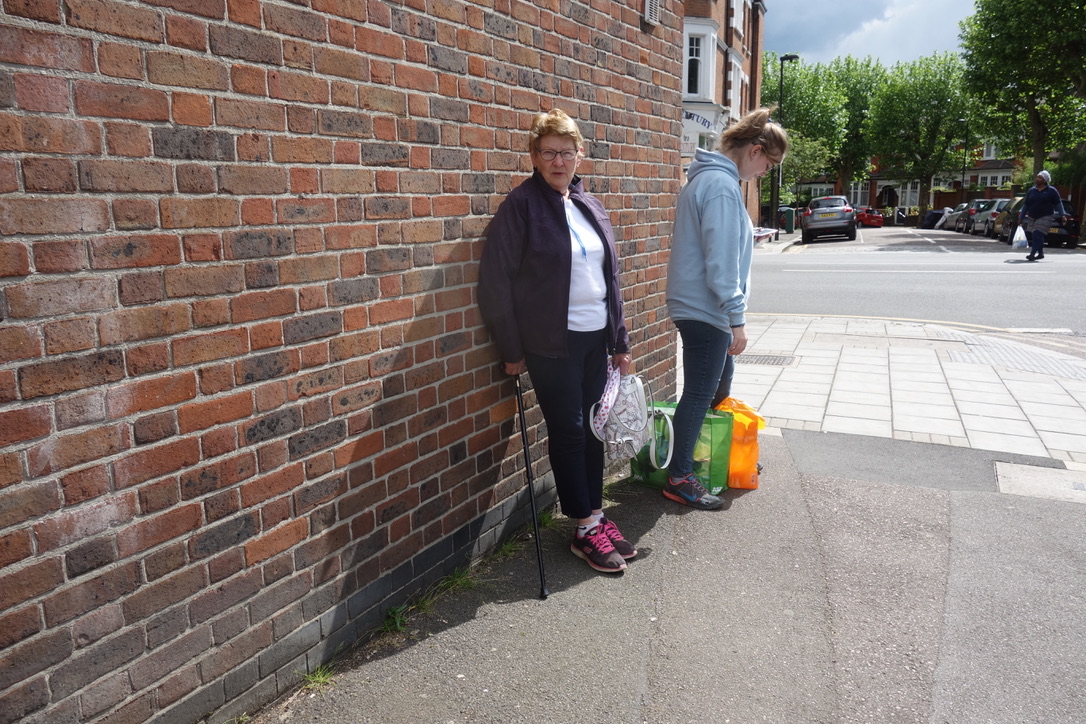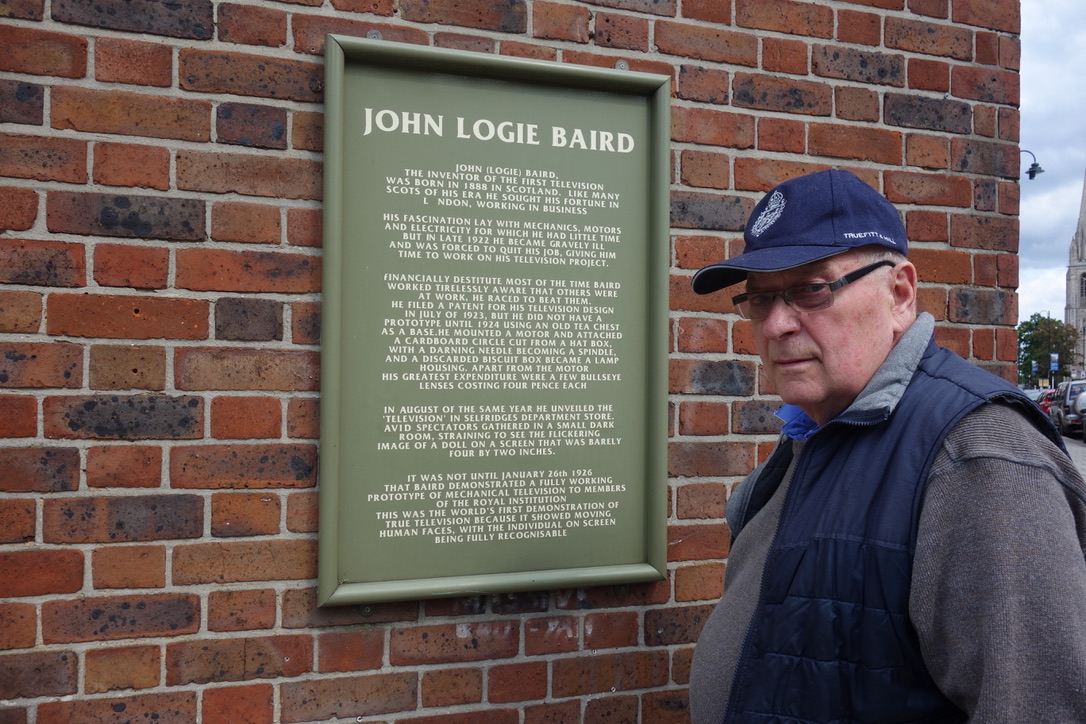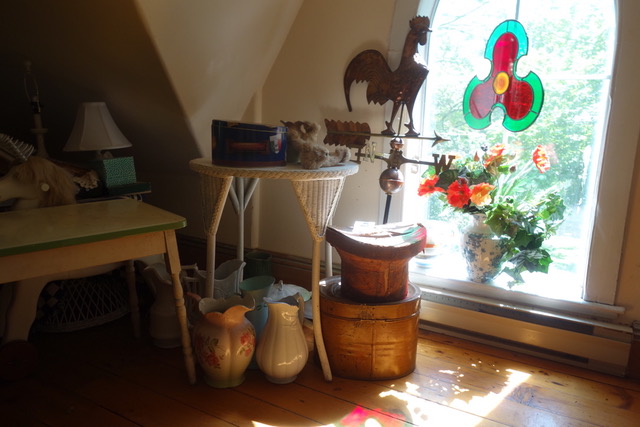
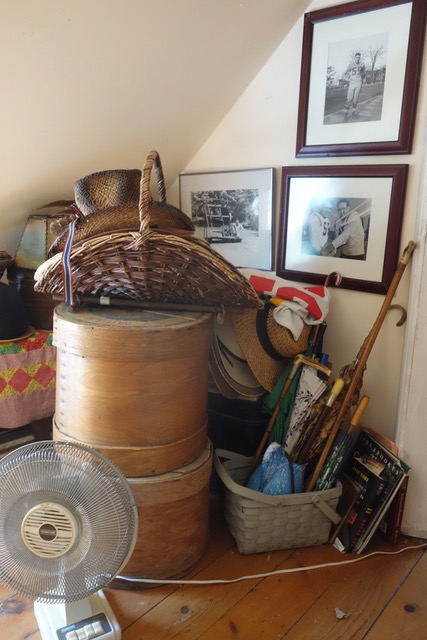

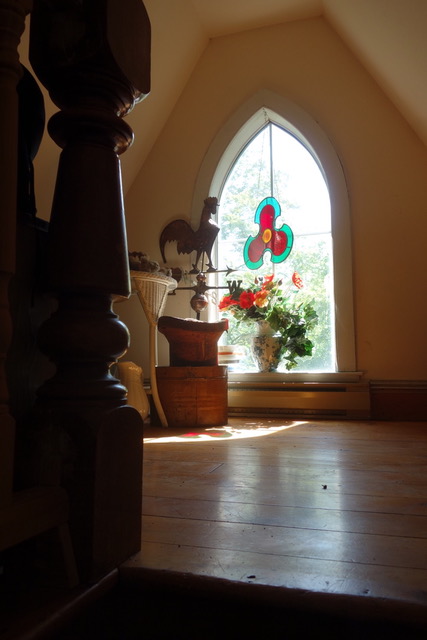



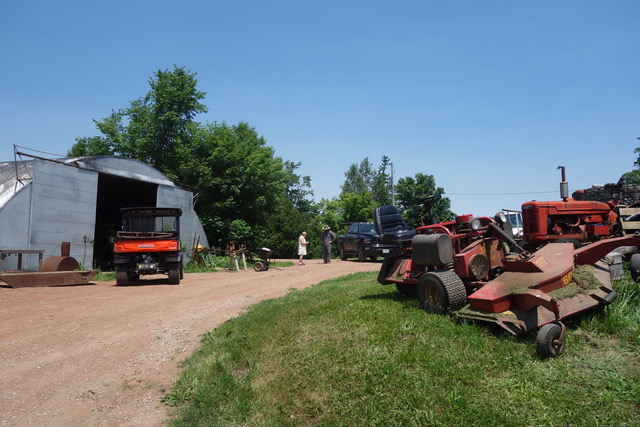

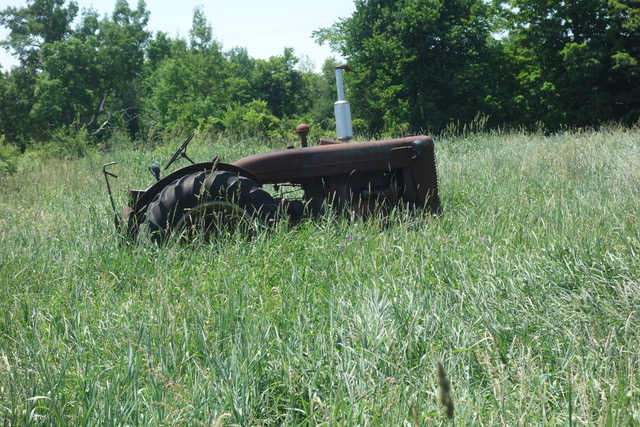


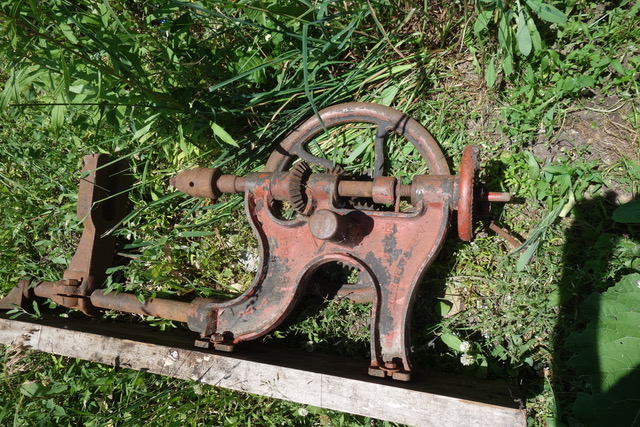


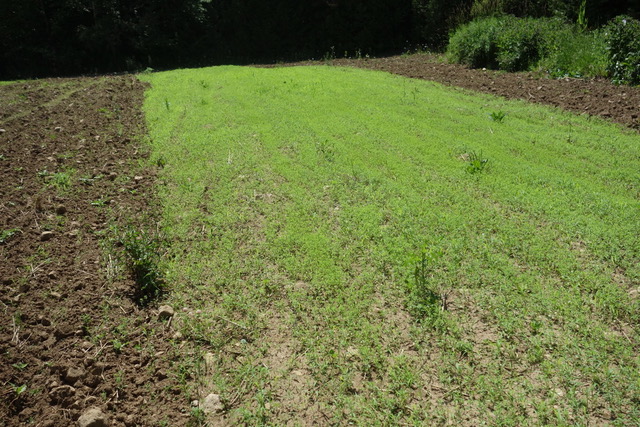

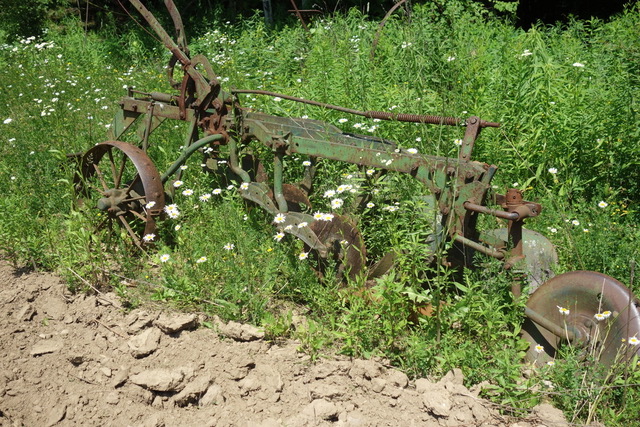
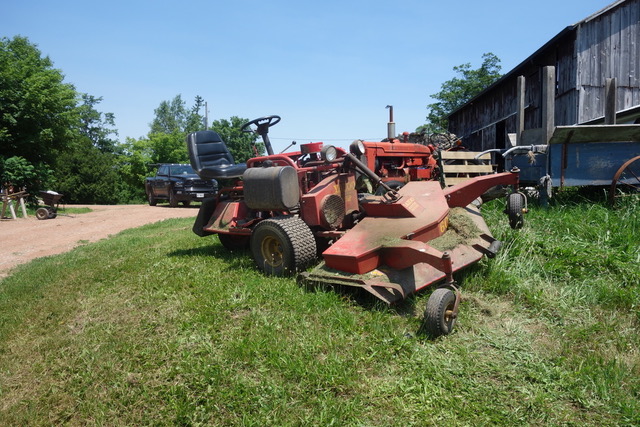
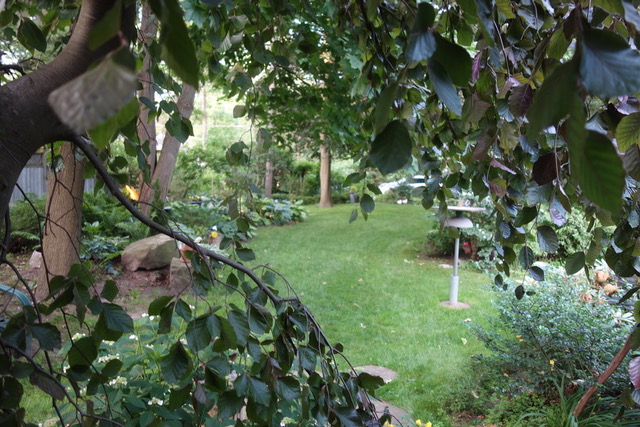


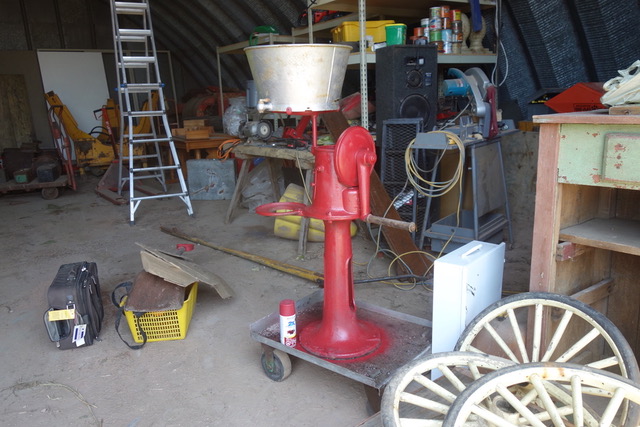
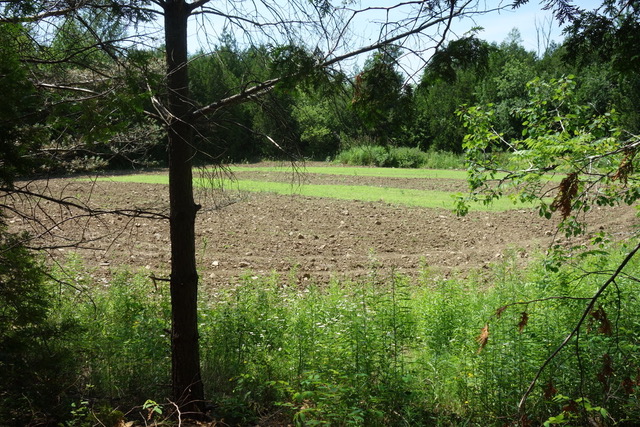

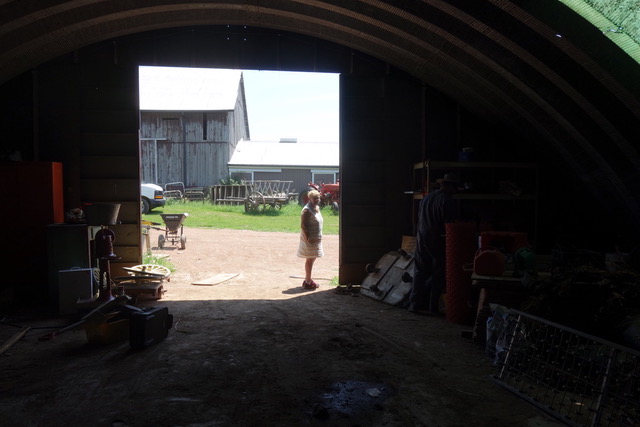
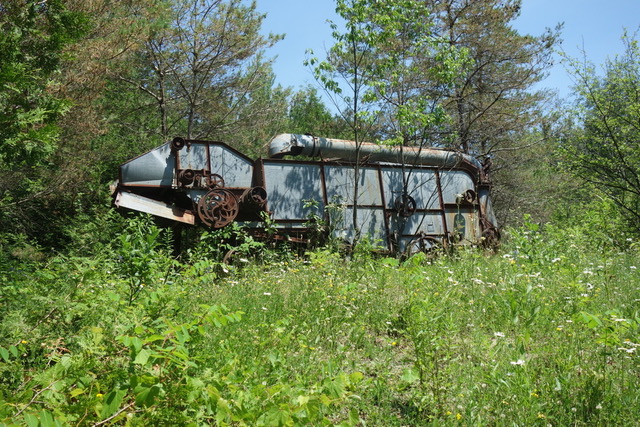


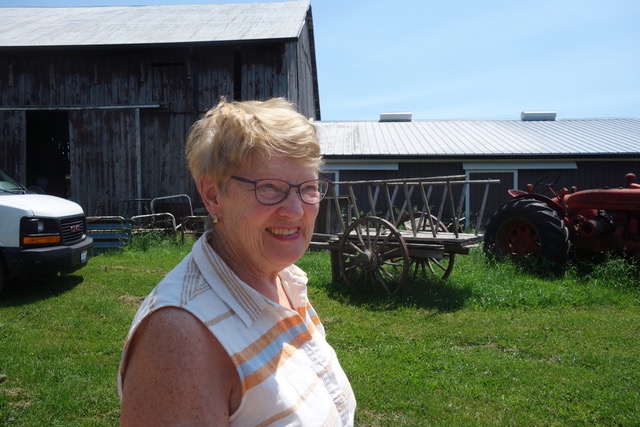


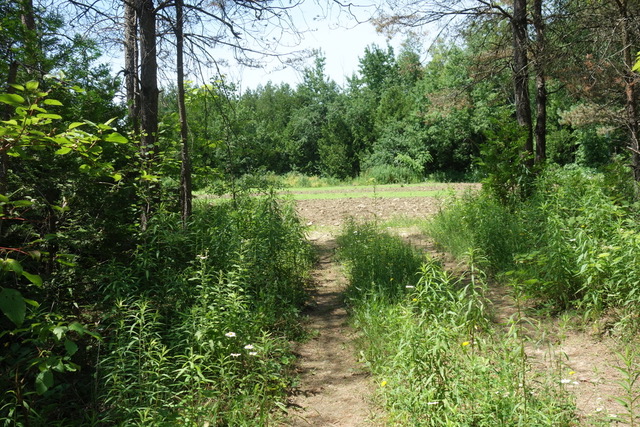


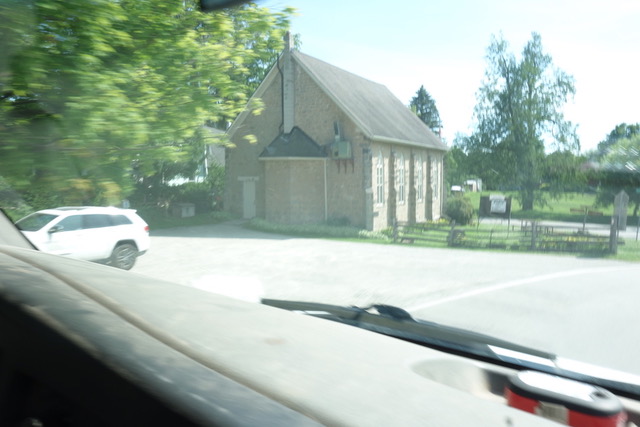
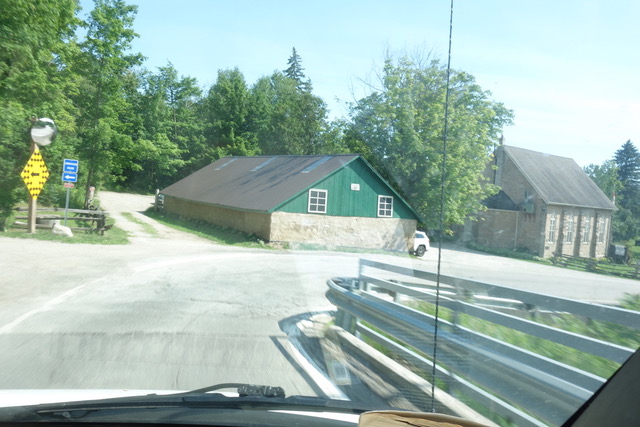


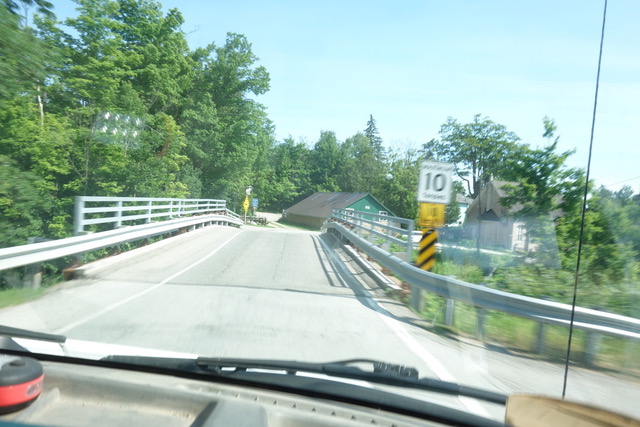


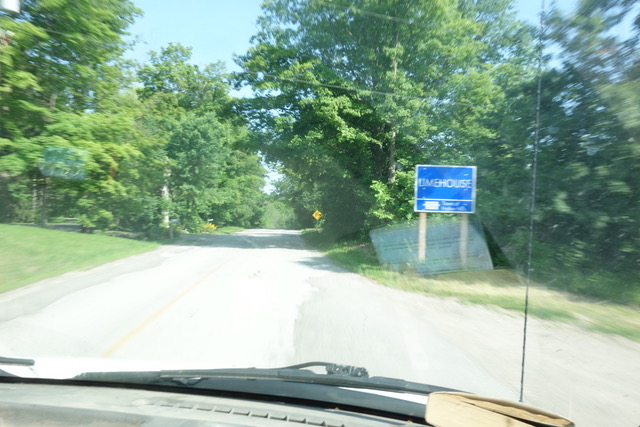
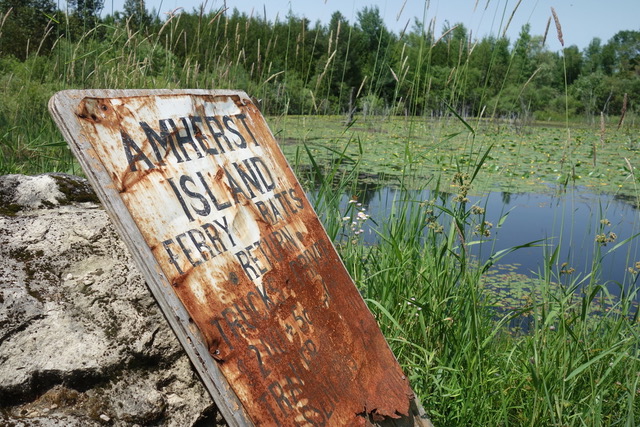
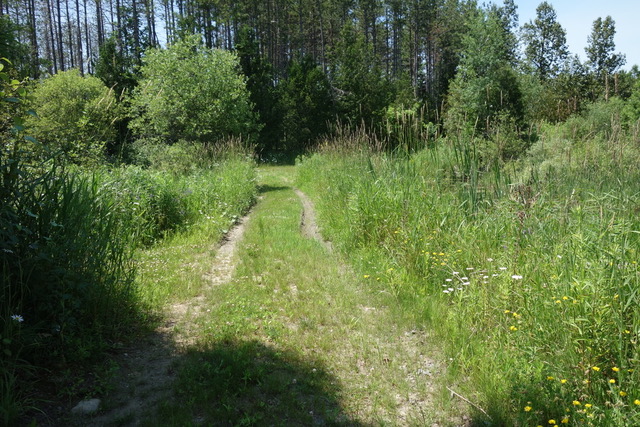

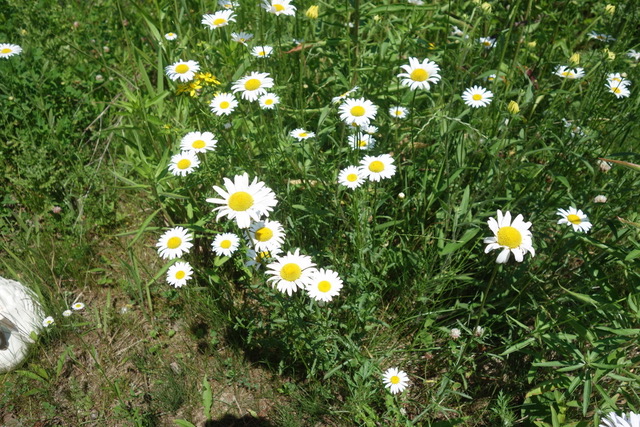


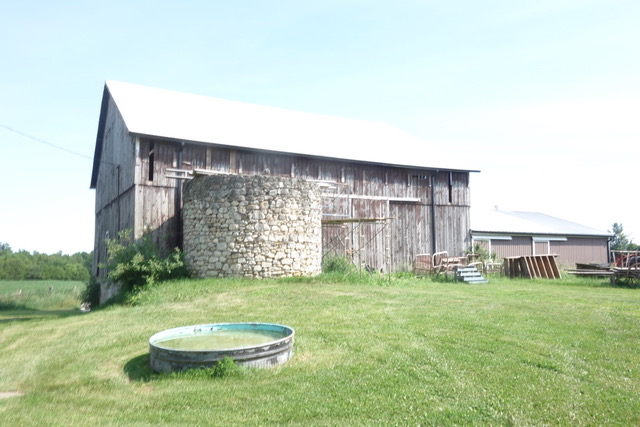
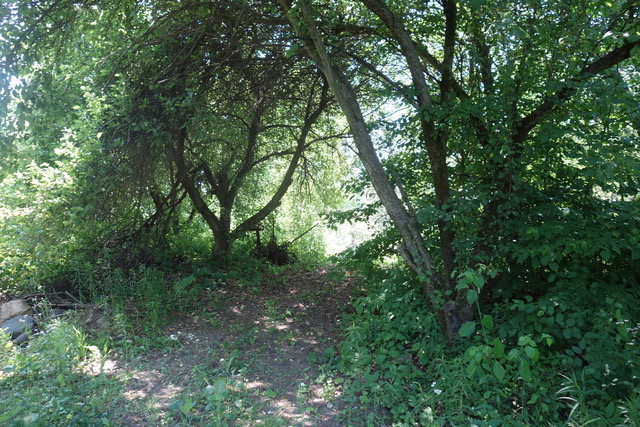
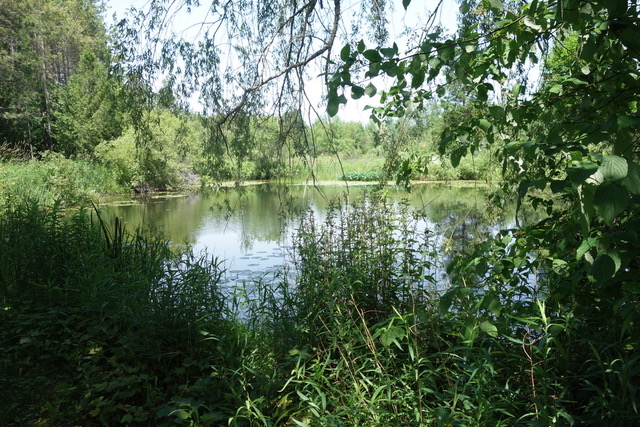

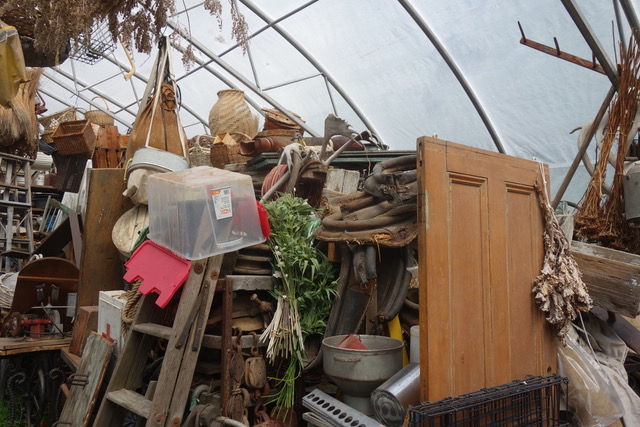

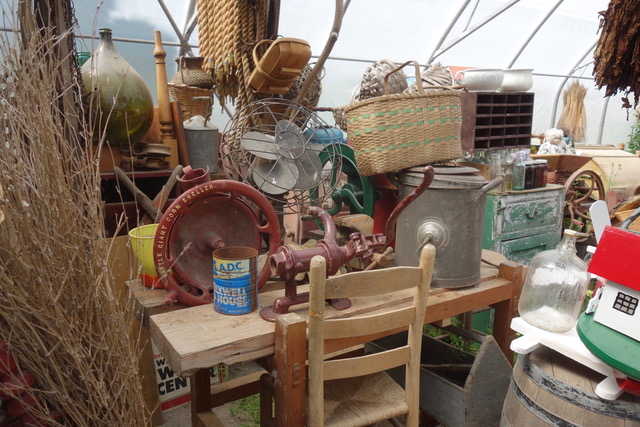




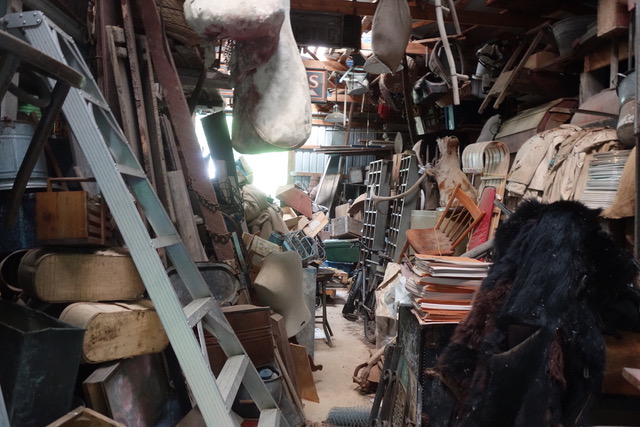
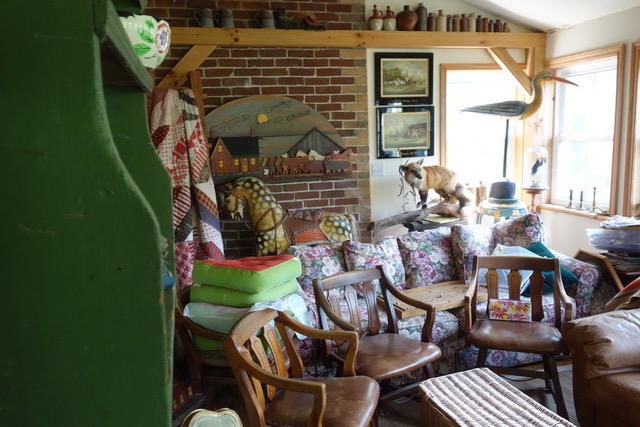
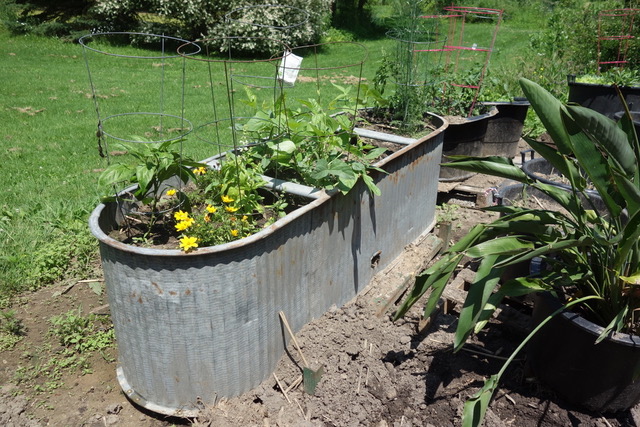
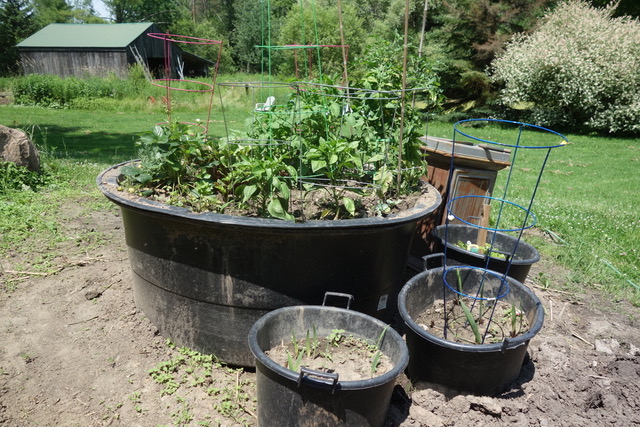
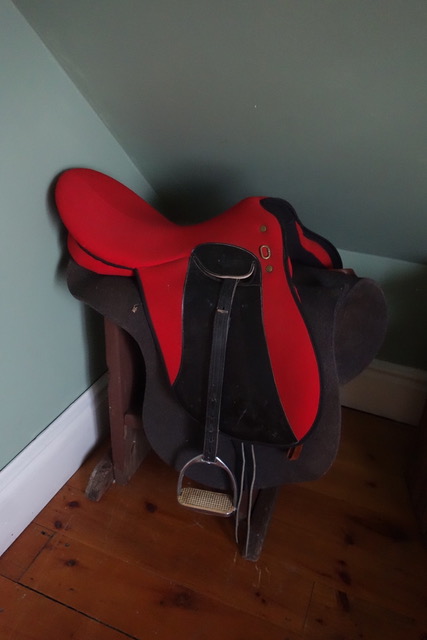
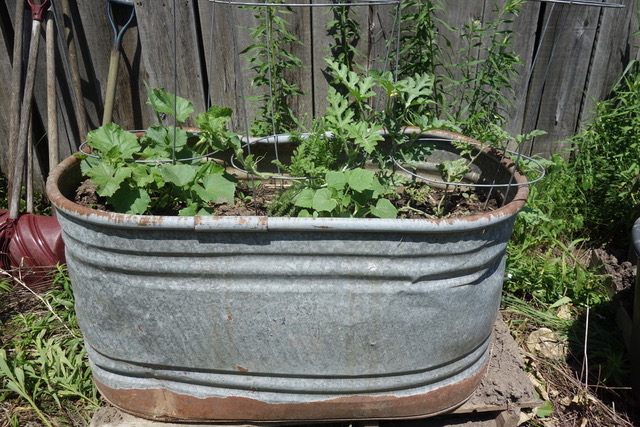
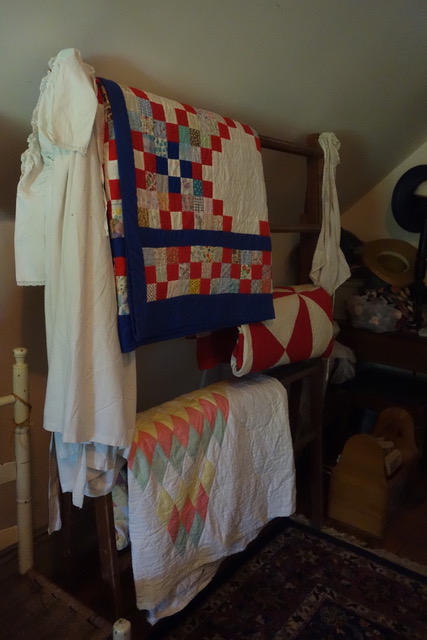
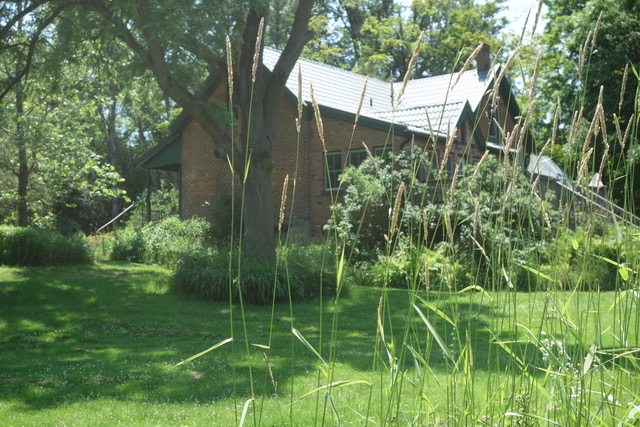
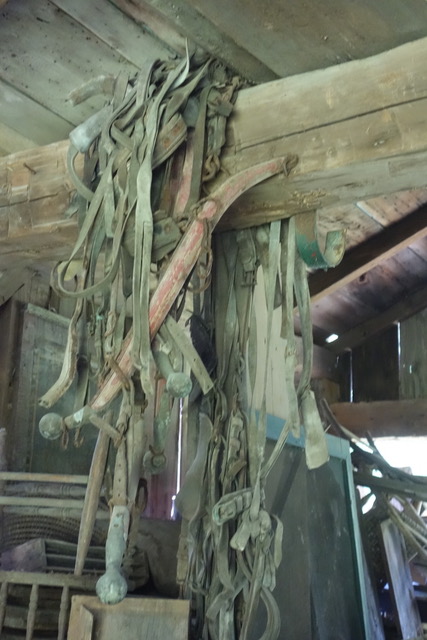
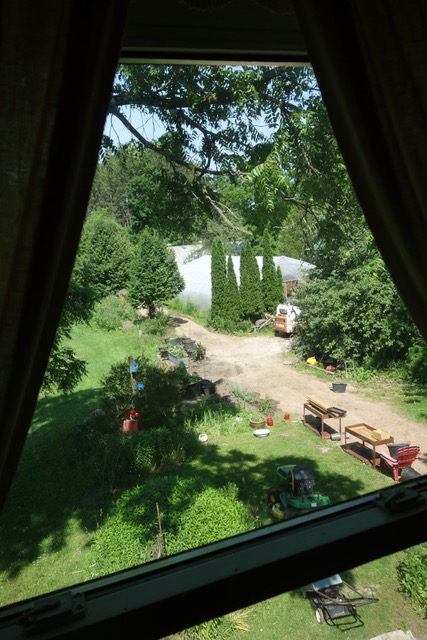
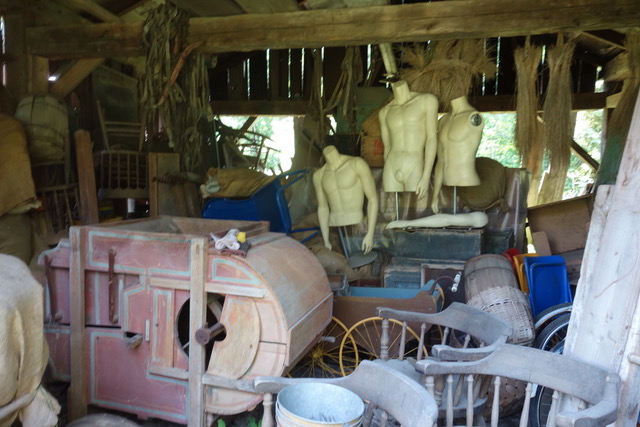
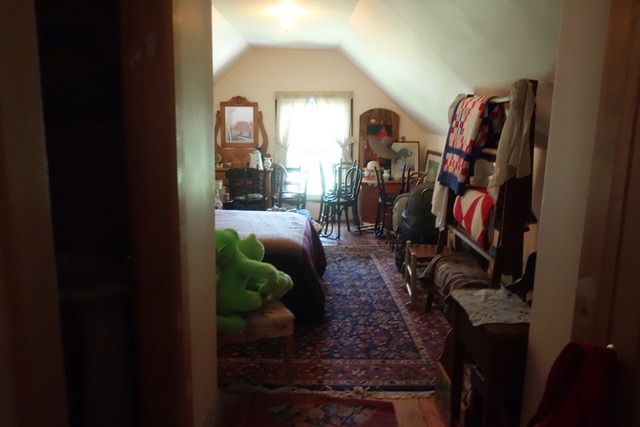
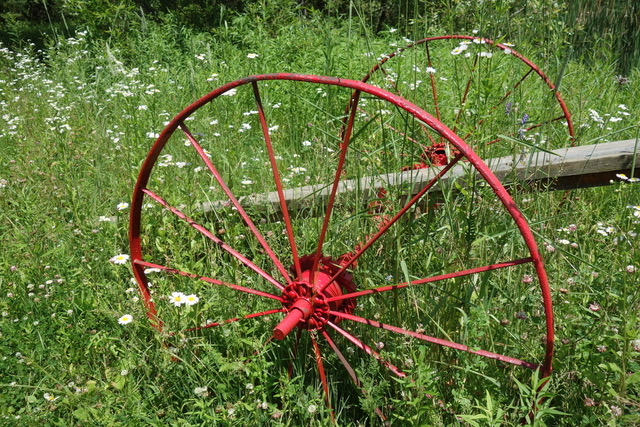

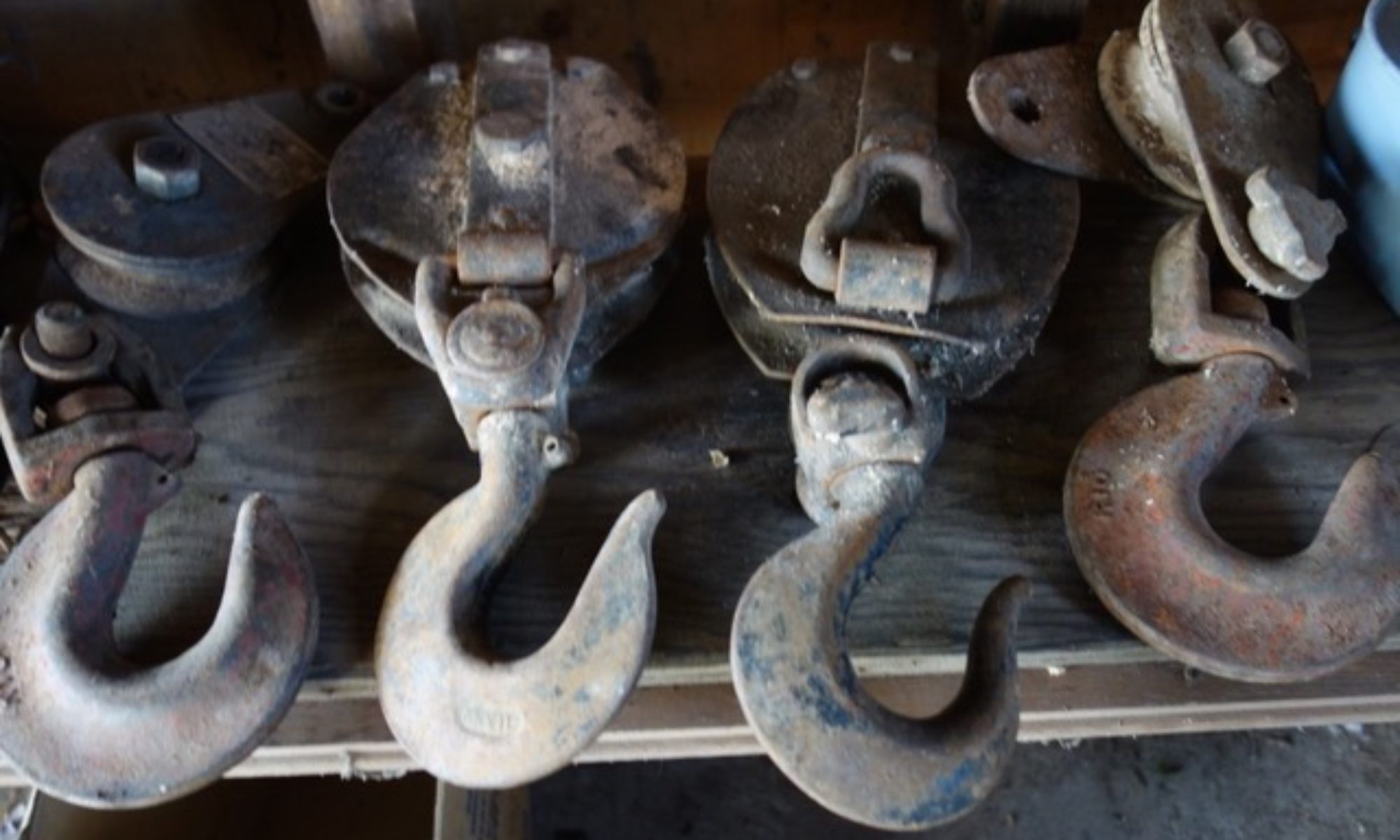
Alan's Oeuvre













































































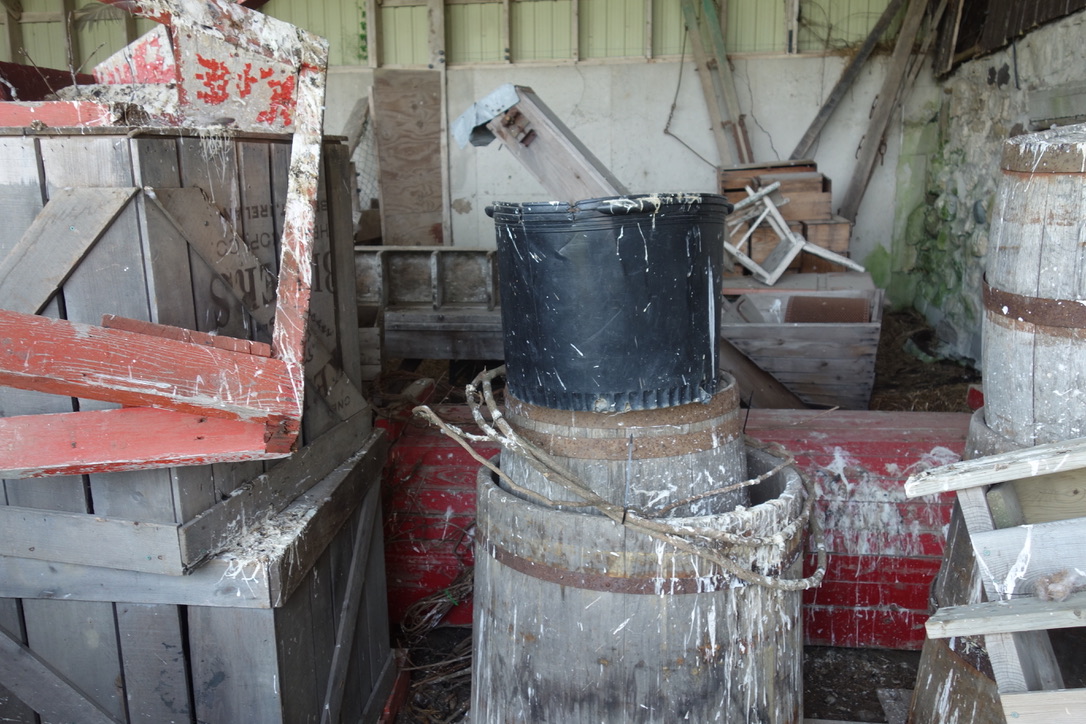
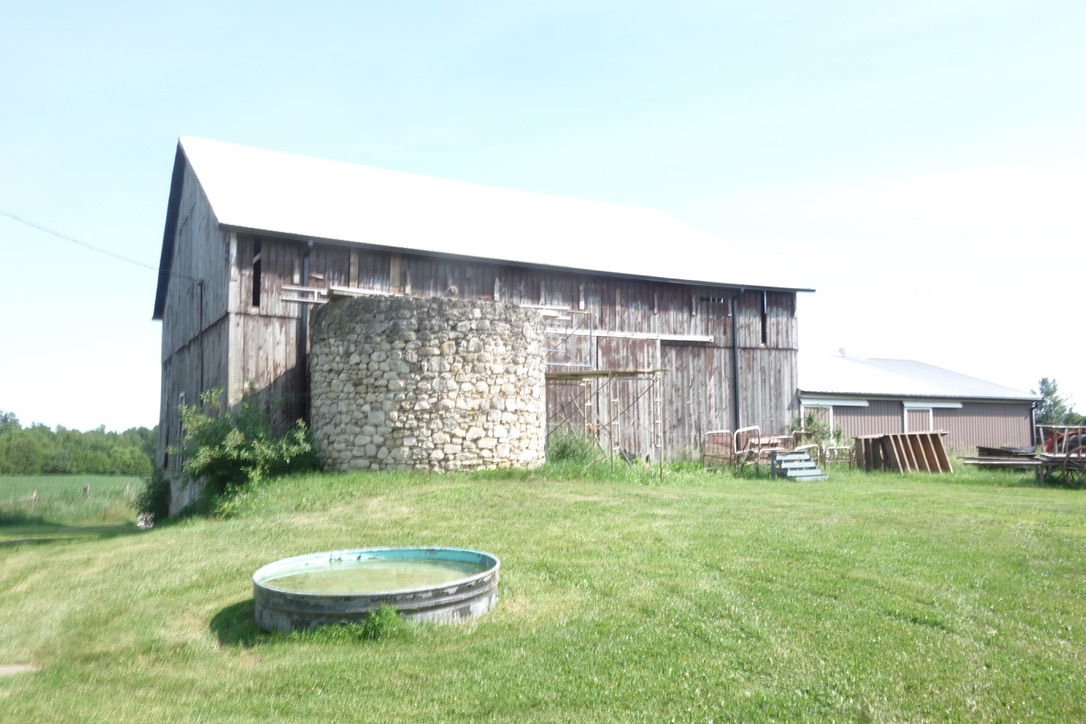
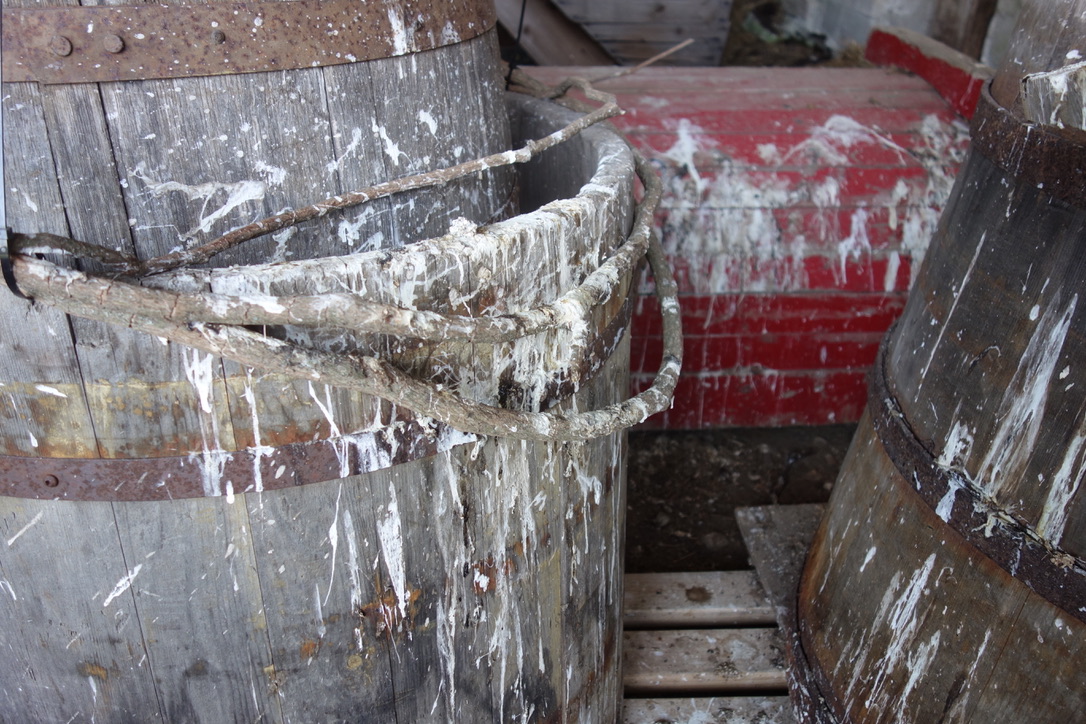
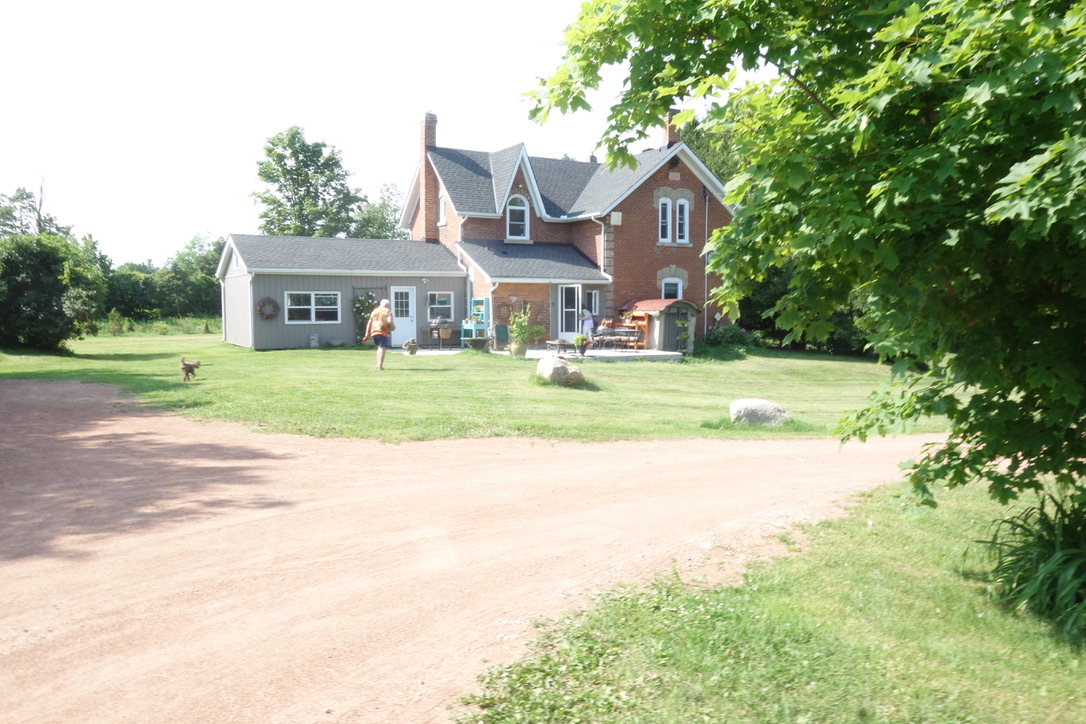

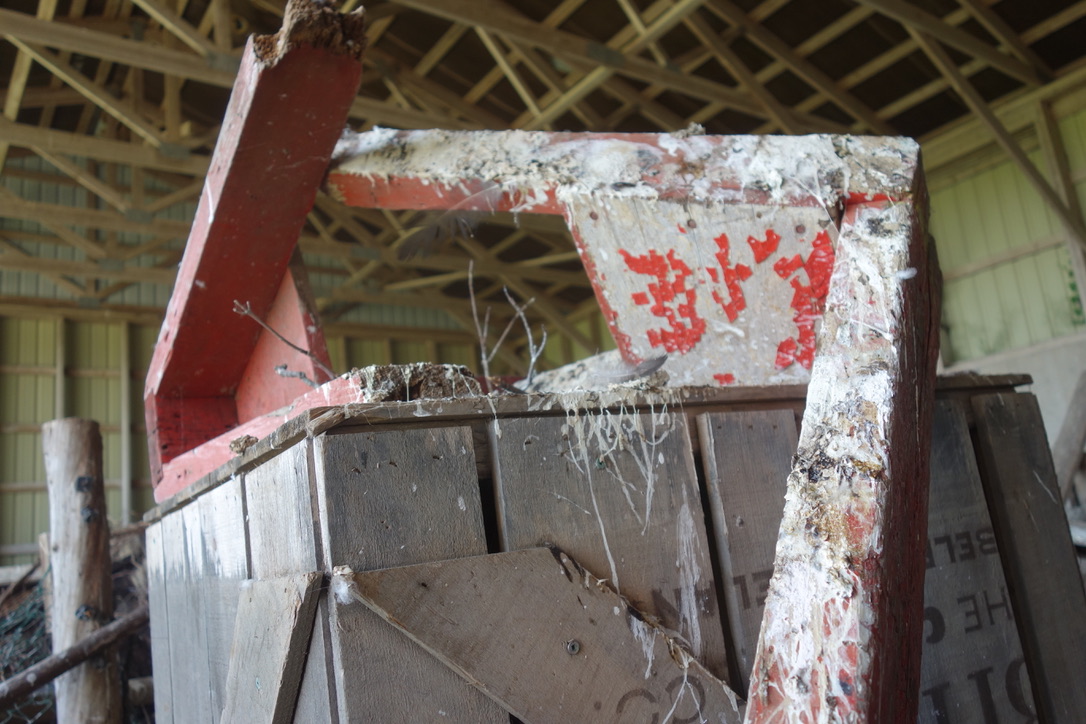



I do not know why WOODY love me, but he does.
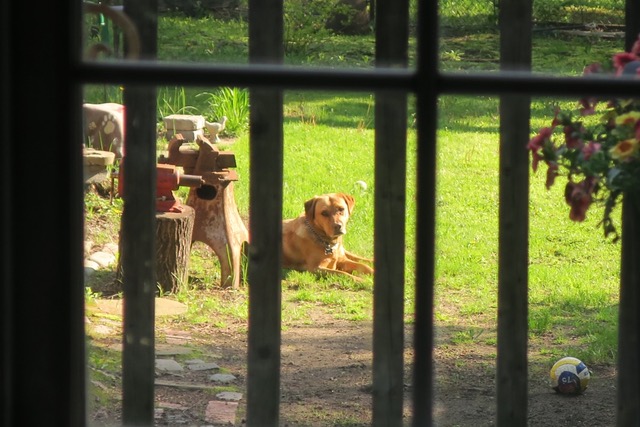

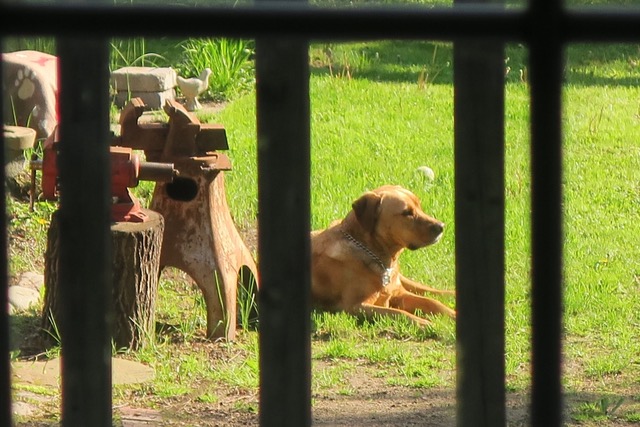
Begin forwarded message:
From: ALAN SKEOCH <alan.skeoch@rogers.com>Subject: Coyote wall. June 31 2919Date: June 29, 2019 at 3:53:22 PM EDT

Women are better at this kind of thing anyway. Moving cement blocks from place
to place to frustrate the coyote. They were good at the job.
“While you are doing repairs, I am going coyote hunting.”
“Alan, come back here.”
Our house lot is long and wild…50 get by 400 feet. Part of the ancient Mississauga
Works was progressing well
About half way down our lot, we had built a fence to keep our dogs from irritating
And so I used the camouflage of greenery to escape the fence building…just like
the coyote…I was hidden.
At the back of the lot we keep this old dump rake as a reminder of the days long
I know the coyotes were watching me but I could not see them…lots of places
“Alan, you did nothing to hep the girls…nothing. As usual.”
“I was on point…the point man in the defence of our fort…doing recon”
“The least you could is fix the gate…handle not working…enough of a gap for
coyote to get through if we are not careful.”
“OK wise guy…we are going to lock you out there with the coyotes…right now.”
“So here I am … inspecting fence repairs from the outside.”
“Quite amazing work…lifting cement blocks…placing them…now let me back in!”
Sent from my iPhone
Begin forwarded message:
From: ALAN SKEOCH <alan.skeoch@rogers.com>Subject: Trees cut power June 2019Date: June 25, 2019 at 3:19:33 PM EDT
“Power is gone…tree fell across the power lines…must be hanging there after severing
Climate change! Yow…will it affect our trees? That mean our oxygen. Not only losing
insects, little creatures, fish and bumblebees but also could we lose our trees as the
“Call 911…must be a live power line in the branches…dangerous…lethal.”
“Then the big emergency trucks began assemble. Huge dinosaurs of the 21s century.
Neighbours and dogs admired and commiserated…”The owners of the dead
“Men no longer climb threes…they have long articulated buckets that reach higher
than any tree…huge things.
“Hubert, how much does one of those trucks cost?”
“Between 250,000 and 500,000 dollars.”
“No power for blocks and blocks…”
Reminds me of two praying mantis creatures sparring for food.
Then the next day new trucks arrived…tree specials.
“How much is that truck worth?”
Then something odd happened. One whole house came down the street
on a huge flatbed truck. A whole house…about 70 feet long…wood from
Cowboys riding high…”Yippee Yay Ay, Yi Ay”
“Do not worry, the trees will grow back…I guarantee you that.”
Sent from my iPhone
Begin forwarded message:
From: SKEOCH <alan.skeoch@rogers.com>Subject: Fwd: BOBBIN FACTORY CIRCA 1890: LAKE WINDERMERE, ENGLAND JUNE 2019Date: June 15, 2019 at 7:04:22 PM EDTTo: Alan Skeoch <alan.skeoch@rogers.com>
Begin forwarded message:
From: SKEOCH <alan.skeoch@rogers.com>Subject: Fwd: BOBBIN FACTORY CIRCA 1890: LAKE WINDERMERE, ENGLAND JUNE 2019Date: June 15, 2019 at 6:57:11 PM EDTTo: Alan Skeoch <alan.skeoch@rogers.com>
NOTE…I AM RESENDING THIS STORY BECAUSE SOME PEOPLE GOT PICS UPSIDE DOWN
Begin forwarded message:
From: SKEOCH <alan.skeoch@rogers.com>Subject: BOBBIN FACTORY CIRCA 1890: LAKE WINDERMERE, ENGLAND JUNE 2019Date: June 14, 2019 at 9:11:01 PM EDTTo: Marjorie Skeoch <marjorieskeoch@gmail.com>
BOBBIN FACTORY CIRCA 1890
alan skeochJune 2019“Marjorie, what is a BOBBIN?”“A bobbin is a spool”“What’s that?”“A spool,,,bobbin if you will…is used to hold thread or yarn.”“Why would anyone want a bobbin full of wool?”“Bobbins feed threads to the machines that make cloth…big bobbins do that.“Small bobbins feed thread to machines that sew cloth…hold pieces of cloth together.”“Suppose there were no bobbins, then what?”“Then we would be walking around naked or covered with the hairy skins of animals.”“Don’t be ridiculous.”“Not really meaning to … just exaggerating a bit..”I bet some readers do not even know what a BOBBIN is! I bet there are even some readerswho do not care a whit about BOBBINS. Too Bad. Why? Because those readers will missout on what to us was a wonderful surprise…and experience almost beyond words.“I just love these English country roads…narrow and twisty with a new and sometimes startlingthing to see at every twist and turn.”“Fine for you, Alan, you have the front seat.”“As things should be.”“Why?”“I am the senior person on this excursion….have a little respect.”“Too bad about the rain, Alan.”“Not so bad…”“Why?”“Rain and fog lend an air of mystery to the road…”‘Like a time machine”“Yeah…better idea…like driving into the past…time travelling….good idea.”“Things pop out at us….and then they are gone.”“Click…click…click.”“Descending from Kirkston Pass to Lake Windermeere now”“Rhododendrons along the road now.”“Jam on the brakes, Gabriela…something unusual over there on the left.”“Barn…stone barn?”“More than that…something weird…really old…strange.”“A barn full of tent poles…why save long poles…piles of them.”“Do a quick turn into the driveway…careful…”“Turn now.”“A factory…in a rural setting…”“Sign says STOTT PARK BOBBIN MILL…open to the public”“Wonder why there are pipes and piles of sticks and poles all over the place.?”“Let’s cut to the quick before we go any farther…this place made bobbins…all kinds of them…millions of them. The big textile mills in Lancashire needed millions of bobbins. At one timein the 19th century there were 300 factories like this making bobbins by the millions. TheStott Park Bobbin Mill is the only one left.”“What happened to all the others?”“Plastics…$%^%& plastic bobbins drove all mills like this to the wall.::How come this mill survived?”“Just saved in nick of time by English Heritage people…it had closed in 1979 and wasabout to enter the scrap yard when one man alerted the government people aboutthe mill…THIS PLACE IS WORTH SAVING?”“Why worth saving?”“Because this mill had never been modernized…no electruc machines. All the lathesran from one gigantic line shaft powered by an ancient steam engine. In the early yearsthe factory was powered by a water wheel but became ‘modernized’ with a steam engine.”“Pardon me, do you sell any of these bobbins?”“Sure do…visit the gift shop.”(Marjorie bought a suitcase full of bobbins.”“Best sale we’ve had this year.” said the gift shop lady.“I was more intrigued by the tour guide.”“Why?”“Couple of reasons. She was an excellent guide. Here she hold one of the sticks that I mentioned earlier were strewn around the outside of the factory.These sticks would be cut into short pieces and then shaved into rough bobbins.”“She did not like me. At least, I felt she did not like me…for a couple of good reasons.”“That’s because you are precocious, Alan…bold and self-obsessed…just too enthusiastic at times.”“Guilty as charged.”“She really knew the factory…every machine….every bobbin…she even knewhow the flyable governor on the steam engine maintained speed of the hug drive wheelthat powered the whole place.“What is missing in all these pictures?” Think about it. There is something missing that led tothe early death of many Bobbin factory workers. What is it? Answer at end butyou can figure it out. Many died of consumption and the lung diseases. What causedthese deaths? What is missing from the pictures?“Normally, back in he 19rh century, this floor was covered as much as waste deep in Bobbin shavings…somuch so that sometimes the machines had to be shut down to clear the shavings. ““Wasn’t there a danger of fire?”“Definitely…anything that gave off sparks had to be removed…such as the tool grinders.”“Any use for all those shavings?”“The shavings and waste wood chunks were used to fire up the steam engine. ““So everything made sense…even the scrap.”High up above the lathes … the mighty line shaft with a drive pulley for each lathe.“Aren’t those drive belts dangerous…could kill.”“Yes, they are shielded by wood cribbing close to the lathes…and there is a severe to slide the belt on to an idling pulley.”“My dad worked in factory like this. He told me about a fellow worker who decided to push the drive belt towards the idling pulley by hand.”“Dangerous.”“You bet. the poor guy got his hand caught and his body was thrown around and around until he was dead. I had an image from thatstory that I cannot forget. The fellows limbs came apart. Nothing could be done. Other workers ran down the factory to shut downthe drive engine but by then all was mayhem. Did that happen here?”“Yes, there were injuries…many…a lot of the workers were children.”“Any accidents recorded?”“In 1860, at Crooklands Bobbin mill,Thomas Fox, aged14, got caught in a drive belt by his head and shoulders…carried to the ceiling line shaftwhere his head was crushed…supposed to have died instantly.”“So my dad’s story was likely accurate?”“You said children.”“Child labour laws were non existent for decades and when they did come into affect they only applied to children under ten.”“Why would parents let their kids near these machines?”“Poverty…and some children had no parents…”“No parents?”“Liverpool is not far away from here. Orphanages collected street children…a lot of them were sent here…some stayed…someran away. Others were always available.”“Did any get hurt that you know about.”“There is a record of one boy working here with his hand bound up because the hole filling lathe pierced his hand…like takingan electric drill through your hand.”“Long hours…doing repetitive tasks like boring holes in bobbins…pushed hard by overseers….fatigue spells trouble.”“And this is a remote rural factory…surrounded by wilderness. One boy, Kit Cloudsdale, 13 years old, was sent on a fivemile errand. He froze to death.”“Where do these stairs go?”“Tool grinding room…lots of sparks…”“The line shaft powered the large grindstone but a thick stonewall separated the grinding room from the factory floor. Fires in19th century factories were common. Imagine someone stupidenough to light pipe on the factory floor? There must have been rules here.“There are holes in the stone interior walls to let the drive belts through. This holehas no purpose other than a site line…perhaps so the overseer could be surethe tool grinding was being done right.Polished bobbins were shipped in sacks to the cotton mills in Lancashire and to textile mills elsewhere in the world.Not just in the thousands but in the millions. Weighed on this scale.“Hey look here…do not look away…do not day dream…do not look over at your friend on the next machine.”“Why not?”“Look at that drive belt…now imagine your hand or our hair getting caught…instantly maimed or killed. These factorieswere dangerous.”‘Why work in places like this?”“No choice really…food and a place to live…many workers at Stott Park spent their entire working life on one of these machines…doing thesame thing thousands of times per day…boring, shaping, polishing, grinding, …some felt lucky to have a steady job.Only pauper boys were allowed to work at the Stott Park Bobbin Mill. Girls, however, were allowed work in the cottonfactories as above. Note the long lines of bobbins wound with cotton thread.Pauper children around 1900.Another young boy at work in a Lancashire cotton mill. Pilesof bobbins in front and behind him.Young boy at work in the Stott Parkin Bobbin factory about 1900. Sometimes the wood chips got two feet deep.This is a picture of Marjorie in the Stott Park Bobbin Mill shop buying more Bobbins than they sold all month.“Why did she buy them?”“Movies may use them in some period motion picture someday…”“Someday?”“My thoughts precisely.”“Look in the top right corner of this picture.”“What am I looking at?”“That little platform up near the driveshaft is where the factory foreman could look down on hisworkers…make sure they were doing a good job.”“See that round trim that looks like a whiskey barrel?”“Looks like a whisky barrel for sure,”“That is a whisky barrel made into a polishing drum…dump ina pile of bobbins, bounce them around and they come out polished.”“Do they smell like good scotch whisky?”“Not sure.”“Now here is a mathematics challenge to you.”“pick one of these two bobbin pictures .. count the bobbins…thenmultiply times 10…i.e. 100 x 10 equals 1,000 British pounds or $2,000 Canadian dollars.Fortunately Marjorie did not see this bobbin pile. She only bought 7 big bobbins which cost a pretty penn anyway.”“Is that what they were worth long ago?”“Nope…a new bobbin sold for a penny or so I think…those were days when a penny was worth something though.”Quote from John Gibson,1878, letter to Ulverston Board of Guardians concerning CHILD LABOUR“WE send them at 12 or 14 for seven years without remuneration…When their time is up they are discharged…and we sendother boys to fill their places at the mills. They are in many cases…over-worked, half clothed and fed and in many ways veryunfairly used.”Caring for the poor has been a social problem for a long time. When England was largely rural poor relief was provided by parishes…moneycollected to cover food, shelter, food and clothing. Such relief was spotty so in 1834 the Poor Law was amended. Each parish was expectedto build workhouses where poor families were expected to do work for their relief. Families were separated. Many pauper children became aproblem and the workhouse guardians tried to find work for these children in local industries like Stott Park Bobbin Mill. The only way we knowmuch about these children is through the reports of the Relieving Officers of the workhouses. Charles Dickens novel Oliver Twist made manymiddle class citizens aware that abuse was common.Answer to question: What is not shown in these pictures is THE DUST THAT FILLED THE AIR and promoted lung diseases that killedworkers as young as 37.Conclusion: It took ten years to rebuild the Stott Park Bobbin Mill. But credit for the saving of the bobbin mill must go to one man, Jack Ivison who began workingas the mill in 1927 and was the mill maser when it closed in 1971. Jack Ivison then urged English Heritage to accept the mill as an important part of English industrial history.Touring the mill in June 2019 made me think of the lyrics to DIRTY OLD TOWN by the Pogues.POGUES
Dirty Old Town LyricsI met my love by the gas works wall
Dreamed a dream by the old canal
Kissed my girl by the factory wall
Dirty old town
Dirty old town
Clouds a drifting across the moon
Cats a prowling on their beat
Spring’s a girl from the streets at night
Dirty old town
Dirty old town
I heard a siren from the docks
Saw a train set the night on fire
Smelled the spring on the smoky wind
Dirty old town
Dirty old town
I’m going to make me a good sharp axe
Shining steel tempered in the fire
Will chop you down like an old dead tree
Dirty old town
Dirty old town
I met my love by the gas works wall
Dreamed a dream by the old canal
Kissed my girl by the factory wall
Dirty old town
Dirty old town
Dirty old town
Dirty old town
Begin forwarded message:
From: SKEOCH <alan.skeoch@rogers.com>Subject: BOBBIN FACTORY CIRCA 1890: LAKE WINDERMERE, ENGLAND JUNE 2019Date: June 14, 2019 at 9:11:01 PM EDTTo: Marjorie Skeoch <marjorieskeoch@gmail.com>
BOBBIN FACTORY CIRCA 1890
alan skeochJune 2019“Marjorie, what is a BOBBIN?”“A bobbin is a spool”“What’s that?”“A spool,,,bobbin if you will…is used to hold thread or yarn.”“Why would anyone want a bobbin full of wool?”“Bobbins feed threads to the machines that make cloth…big bobbins do that.“Small bobbins feed thread to machines that sew cloth…hold pieces of cloth together.”“Suppose there were no bobbins, then what?”“Then we would be walking around naked or covered with the hairy skins of animals.”“Don’t be ridiculous.”“Not really meaning to … just exaggerating a bit..”I bet some readers do not even know what a BOBBIN is! I bet there are even some readerswho do not care a whit about BOBBINS. Too Bad. Why? Because those readers will missout on what to us was a wonderful surprise…and experience almost beyond words.“I just love these English country roads…narrow and twisty with a new and sometimes startlingthing to see at every twist and turn.”“Fine for you, Alan, you have the front seat.”“As things should be.”“Why?”“I am the senior person on this excursion….have a little respect.”“Too bad about the rain, Alan.”“Not so bad…”“Why?”“Rain and fog lend an air of mystery to the road…”‘Like a time machine”“Yeah…better idea…like driving into the past…time travelling….good idea.”“Things pop out at us….and then they are gone.”“Click…click…click.”“Descending from Kirkston Pass to Lake Windermeere now”“Rhododendrons along the road now.”“Jam on the brakes, Gabriela…something unusual over there on the left.”“Barn…stone barn?”“More than that…something weird…really old…strange.”“A barn full of tent poles…why save long poles…piles of them.”“Do a quick turn into the driveway…careful…”“Turn now.”“A factory…in a rural setting…”“Sign says STOTT PARK BOBBIN MILL…open to the public”“Wonder why there are pipes and piles of sticks and poles all over the place.?”“Let’s cut to the quick before we go any farther…this place made bobbins…all kinds of them…millions of them. The big textile mills in Lancashire needed millions of bobbins. At one timein the 19th century there were 300 factories like this making bobbins by the millions. TheStott Park Bobbin Mill is the only one left.”“What happened to all the others?”“Plastics…$%^%& plastic bobbins drove all mills like this to the wall.::How come this mill survived?”“Just saved in nick of time by English Heritage people…it had closed in 1979 and wasabout to enter the scrap yard when one man alerted the government people aboutthe mill…THIS PLACE IS WORTH SAVING?”“Why worth saving?”“Because this mill had never been modernized…no electruc machines. All the lathesran from one gigantic line shaft powered by an ancient steam engine. In the early yearsthe factory was powered by a water wheel but became ‘modernized’ with a steam engine.”“Pardon me, do you sell any of these bobbins?”“Sure do…visit the gift shop.”(Marjorie bought a suitcase full of bobbins.”“Best sale we’ve had this year.” said the gift shop lady.“I was more intrigued by the tour guide.”“Why?”“Couple of reasons. She was an excellent guide. Here she hold one of the sticks that I mentioned earlier were strewn around the outside of the factory.These sticks would be cut into short pieces and then shaved into rough bobbins.”“She did not like me. At least, I felt she did not like me…for a couple of good reasons.”“That’s because you are precocious, Alan…bold and self-obsessed…just too enthusiastic at times.”“Guilty as charged.”“She really knew the factory…every machine….every bobbin…she even knewhow the flyable governor on the steam engine maintained speed of the hug drive wheelthat powered the whole place.“What is missing in all these pictures?” Think about it. There is something missing that led tothe early death of many Bobbin factory workers. What is it? Answer at end butyou can figure it out. Many died of consumption and the lung diseases. What causedthese deaths? What is missing from the pictures?“Normally, back in he 19rh century, this floor was covered as much as waste deep in Bobbin shavings…somuch so that sometimes the machines had to be shut down to clear the shavings. ““Wasn’t there a danger of fire?”“Definitely…anything that gave off sparks had to be removed…such as the tool grinders.”“Any use for all those shavings?”“The shavings and waste wood chunks were used to fire up the steam engine. ““So everything made sense…even the scrap.”High up above the lathes … the mighty line shaft with a drive pulley for each lathe.“Aren’t those drive belts dangerous…could kill.”“Yes, they are shielded by wood cribbing close to the lathes…and there is a severe to slide the belt on to an idling pulley.”“My dad worked in factory like this. He told me about a fellow worker who decided to push the drive belt towards the idling pulley by hand.”“Dangerous.”“You bet. the poor guy got his hand caught and his body was thrown around and around until he was dead. I had an image from thatstory that I cannot forget. The fellows limbs came apart. Nothing could be done. Other workers ran down the factory to shut downthe drive engine but by then all was mayhem. Did that happen here?”“Yes, there were injuries…many…a lot of the workers were children.”“Any accidents recorded?”“In 1860, at Crooklands Bobbin mill,Thomas Fox, aged14, got caught in a drive belt by his head and shoulders…carried to the ceiling line shaftwhere his head was crushed…supposed to have died instantly.”“So my dad’s story was likely accurate?”“You said children.”“Child labour laws were non existent for decades and when they did come into affect they only applied to children under ten.”“Why would parents let their kids near these machines?”“Poverty…and some children had no parents…”“No parents?”“Liverpool is not far away from here. Orphanages collected street children…a lot of them were sent here…some stayed…someran away. Others were always available.”“Did any get hurt that you know about.”“There is a record of one boy working here with his hand bound up because the hole filling lathe pierced his hand…like takingan electric drill through your hand.”“Long hours…doing repetitive tasks like boring holes in bobbins…pushed hard by overseers….fatigue spells trouble.”“And this is a remote rural factory…surrounded by wilderness. One boy, Kit Cloudsdale, 13 years old, was sent on a fivemile errand. He froze to death.”“Where do these stairs go?”“Tool grinding room…lots of sparks…”“The line shaft powered the large grindstone but a thick stonewall separated the grinding room from the factory floor. Fires in19th century factories were common. Imagine someone stupidenough to light pipe on the factory floor? There must have been rules here.“There are holes in the stone interior walls to let the drive belts through. This holehas no purpose other than a site line…perhaps so the overseer could be surethe tool grinding was being done right.Polished bobbins were shipped in sacks to the cotton mills in Lancashire and to textile mills elsewhere in the world.Not just in the thousands but in the millions. Weighed on this scale.“Hey look here…do not look away…do not day dream…do not look over at your friend on the next machine.”“Why not?”“Look at that drive belt…now imagine your hand or our hair getting caught…instantly maimed or killed. These factorieswere dangerous.”‘Why work in places like this?”“No choice really…food and a place to live…many workers at Stott Park spent their entire working life on one of these machines…doing thesame thing thousands of times per day…boring, shaping, polishing, grinding, …some felt lucky to have a steady job.Only pauper boys were allowed to work at the Stott Park Bobbin Mill. Girls, however, were allowed work in the cottonfactories as above. Note the long lines of bobbins wound with cotton thread.Pauper children around 1900.Another young boy at work in a Lancashire cotton mill. Pilesof bobbins in front and behind him.Young boy at work in the Stott Parkin Bobbin factory about 1900. Sometimes the wood chips got two feet deep.This is a picture of Marjorie in the Stott Park Bobbin Mill shop buying more Bobbins than they sold all month.“Why did she buy them?”“Movies may use them in some period motion picture someday…”“Someday?”“My thoughts precisely.”“Look in the top right corner of this picture.”“What am I looking at?”“That little platform up near the driveshaft is where the factory foreman could look down on hisworkers…make sure they were doing a good job.”“See that round trim that looks like a whiskey barrel?”“Looks like a whisky barrel for sure,”“That is a whisky barrel made into a polishing drum…dump ina pile of bobbins, bounce them around and they come out polished.”“Do they smell like good scotch whisky?”“Not sure.”“Now here is a mathematics challenge to you.”“pick one of these two bobbin pictures .. count the bobbins…thenmultiply times 10…i.e. 100 x 10 equals 1,000 British pounds or $2,000 Canadian dollars.Fortunately Marjorie did not see this bobbin pile. She only bought 7 big bobbins which cost a pretty penn anyway.”“Is that what they were worth long ago?”“Nope…a new bobbin sold for a penny or so I think…those were days when a penny was worth something though.”Quote from John Gibson,1878, letter to Ulverston Board of Guardians concerning CHILD LABOUR“WE send them at 12 or 14 for seven years without remuneration…When their time is up they are discharged…and we sendother boys to fill their places at the mills. They are in many cases…over-worked, half clothed and fed and in many ways veryunfairly used.”Caring for the poor has been a social problem for a long time. When England was largely rural poor relief was provided by parishes…moneycollected to cover food, shelter, food and clothing. Such relief was spotty so in 1834 the Poor Law was amended. Each parish was expectedto build workhouses where poor families were expected to do work for their relief. Families were separated. Many pauper children became aproblem and the workhouse guardians tried to find work for these children in local industries like Stott Park Bobbin Mill. The only way we knowmuch about these children is through the reports of the Relieving Officers of the workhouses. Charles Dickens novel Oliver Twist made manymiddle class citizens aware that abuse was common.Answer to question: What is not shown in these pictures is THE DUST THAT FILLED THE AIR and promoted lung diseases that killedworkers as young as 37.Conclusion: It took ten years to rebuild the Stott Park Bobbin Mill. But credit for the saving of the bobbin mill must go to one man, Jack Ivison who began workingas the mill in 1927 and was the mill maser when it closed in 1971. Jack Ivison then urged English Heritage to accept the mill as an important part of English industrial history.Touring the mill in June 2019 made me think of the lyrics to DIRTY OLD TOWN by the Pogues.POGUES
Dirty Old Town LyricsI met my love by the gas works wall
Dreamed a dream by the old canal
Kissed my girl by the factory wall
Dirty old town
Dirty old town
Clouds a drifting across the moon
Cats a prowling on their beat
Spring’s a girl from the streets at night
Dirty old town
Dirty old town
I heard a siren from the docks
Saw a train set the night on fire
Smelled the spring on the smoky wind
Dirty old town
Dirty old town
I’m going to make me a good sharp axe
Shining steel tempered in the fire
Will chop you down like an old dead tree
Dirty old town
Dirty old town
I met my love by the gas works wall
Dreamed a dream by the old canal
Kissed my girl by the factory wall
Dirty old town
Dirty old town
Dirty old town
Dirty old town
BOBBIN FACTORY CIRCA 1890














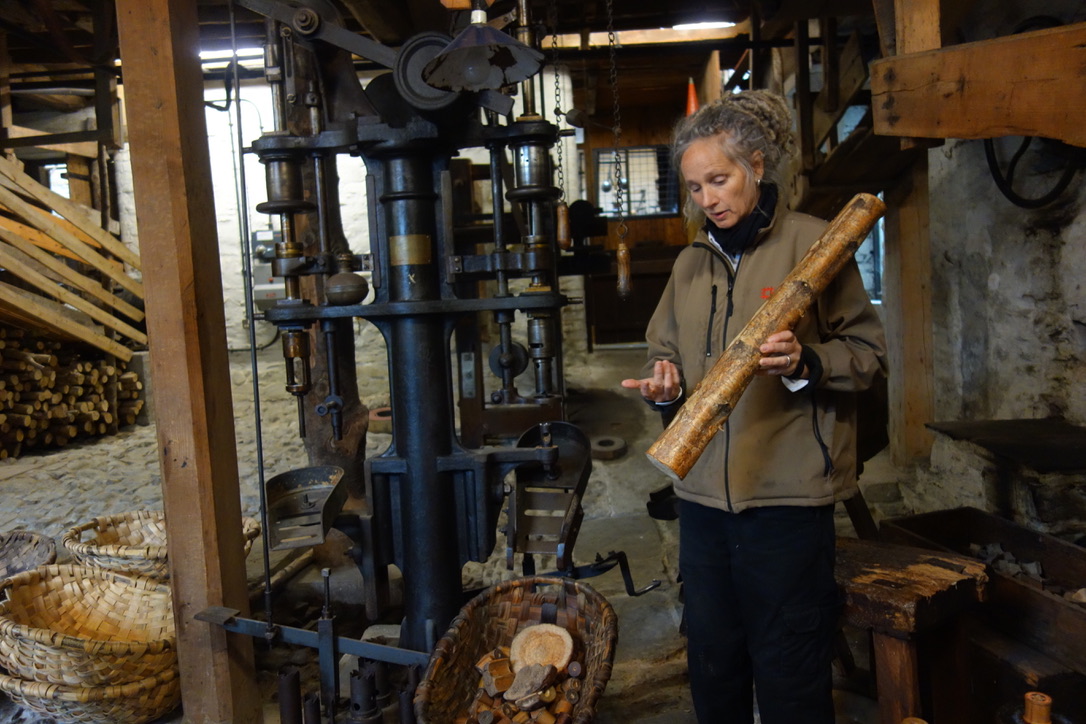
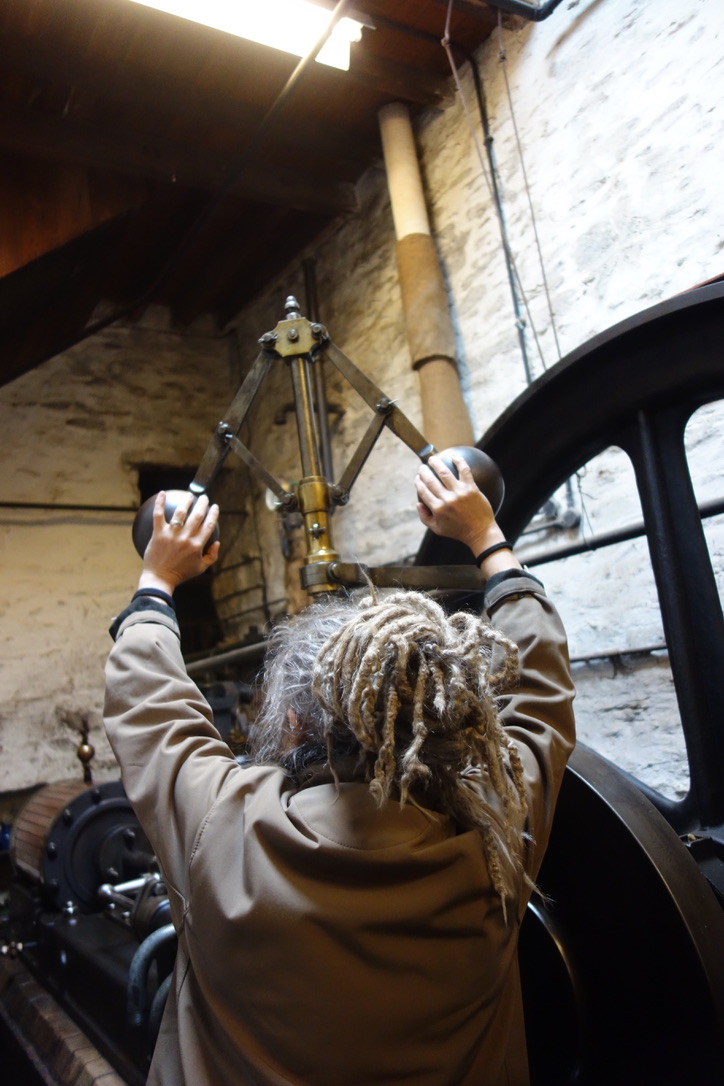
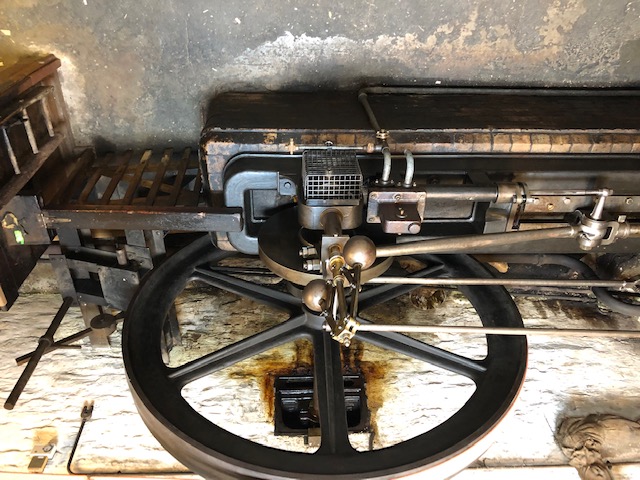



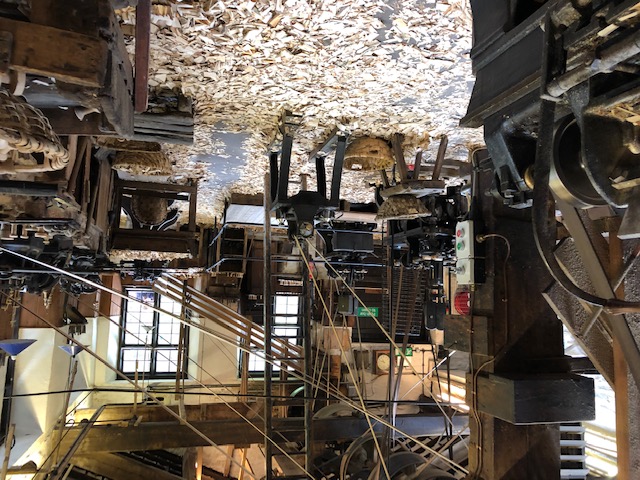











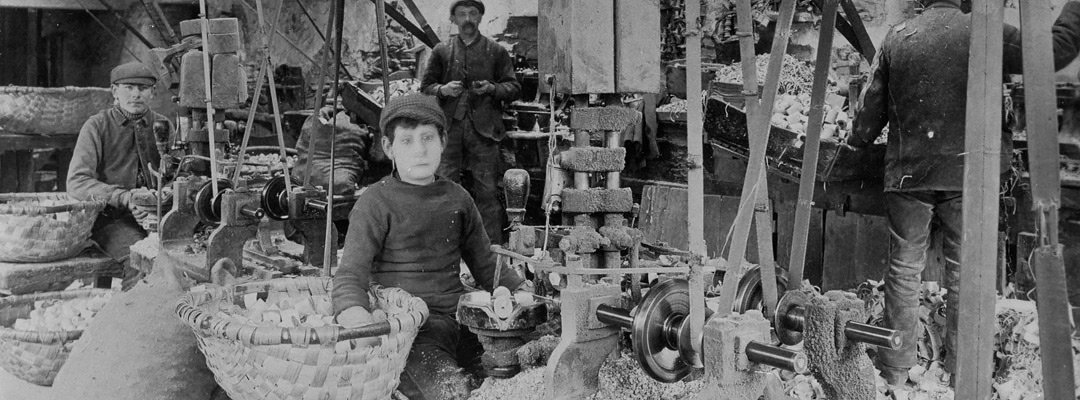


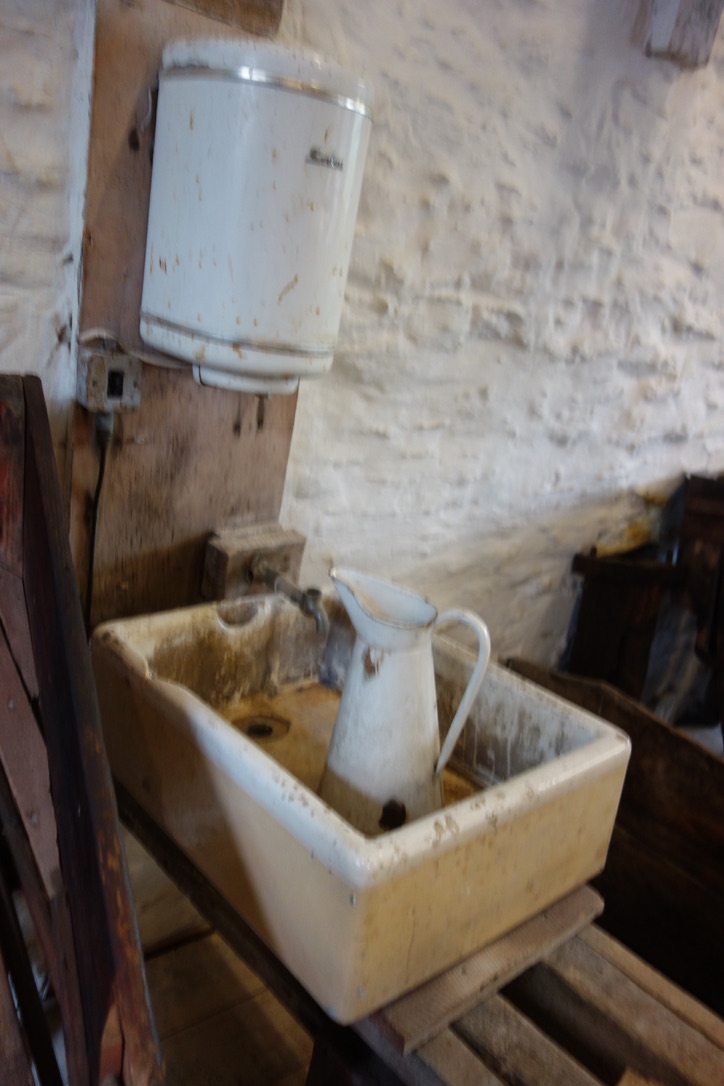
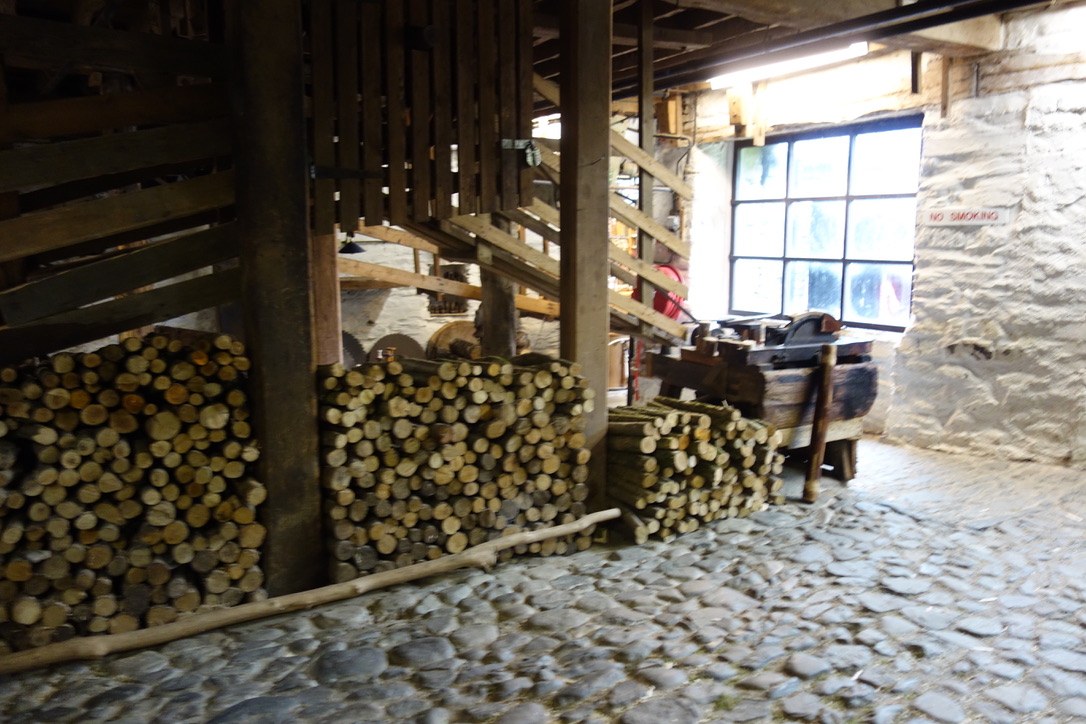
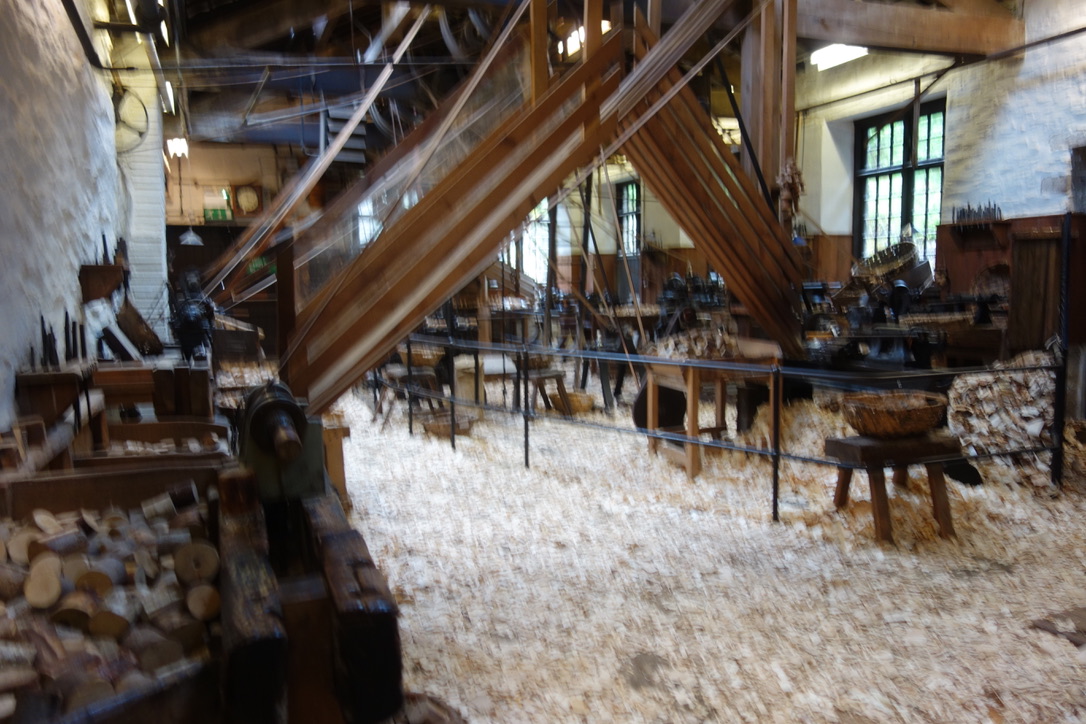
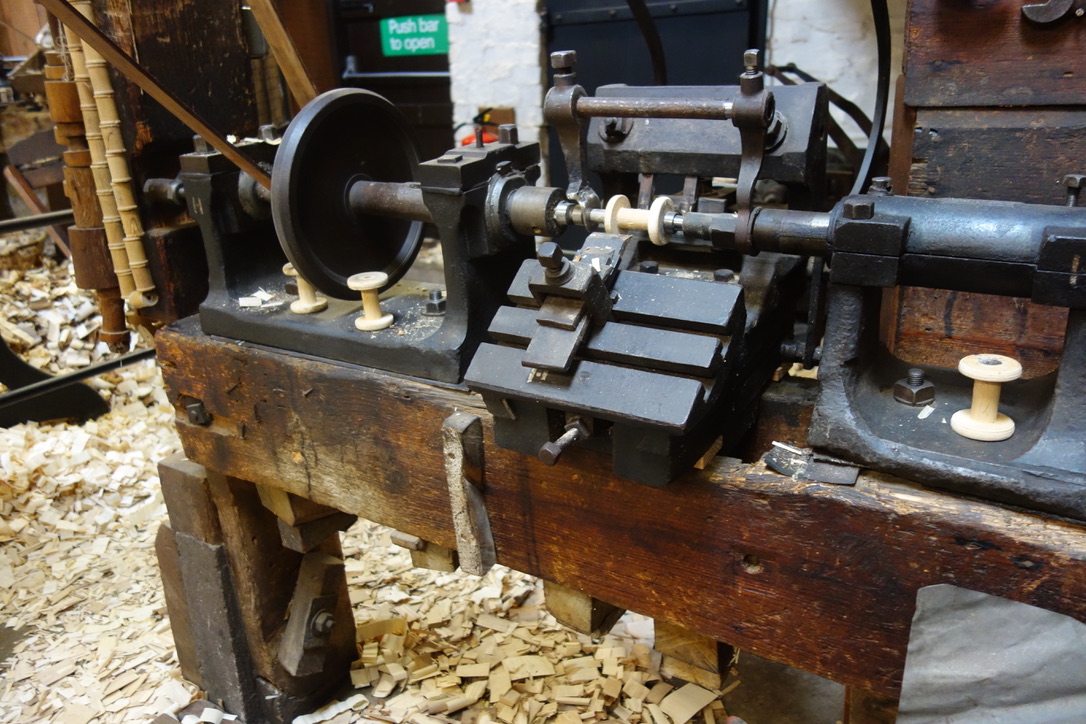
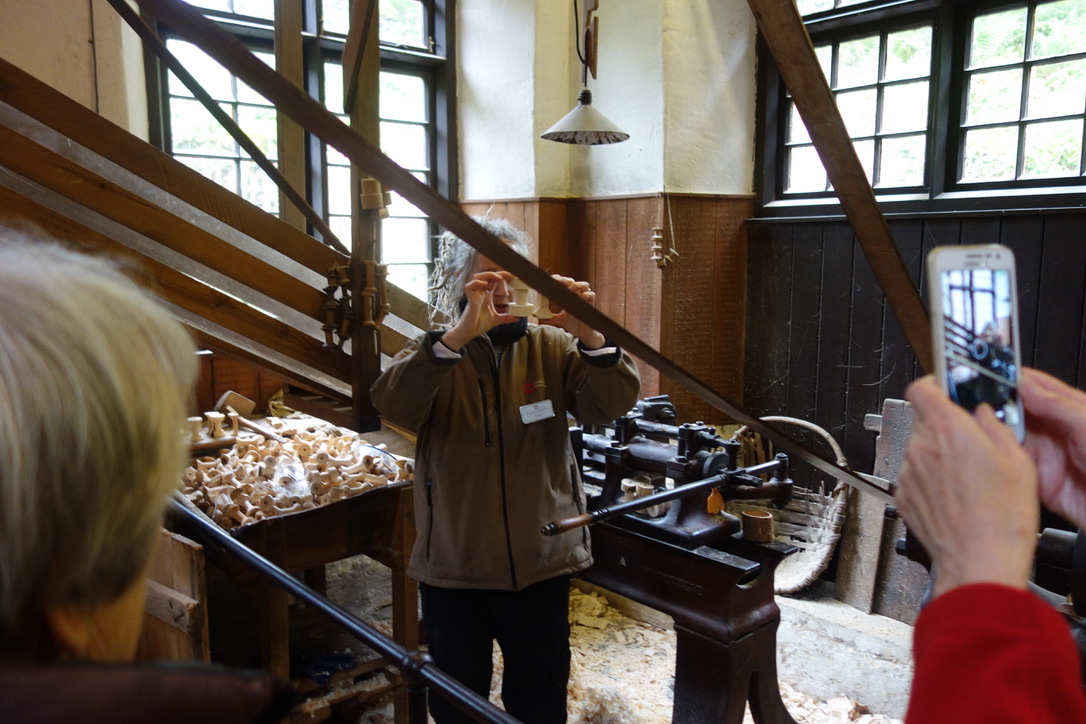
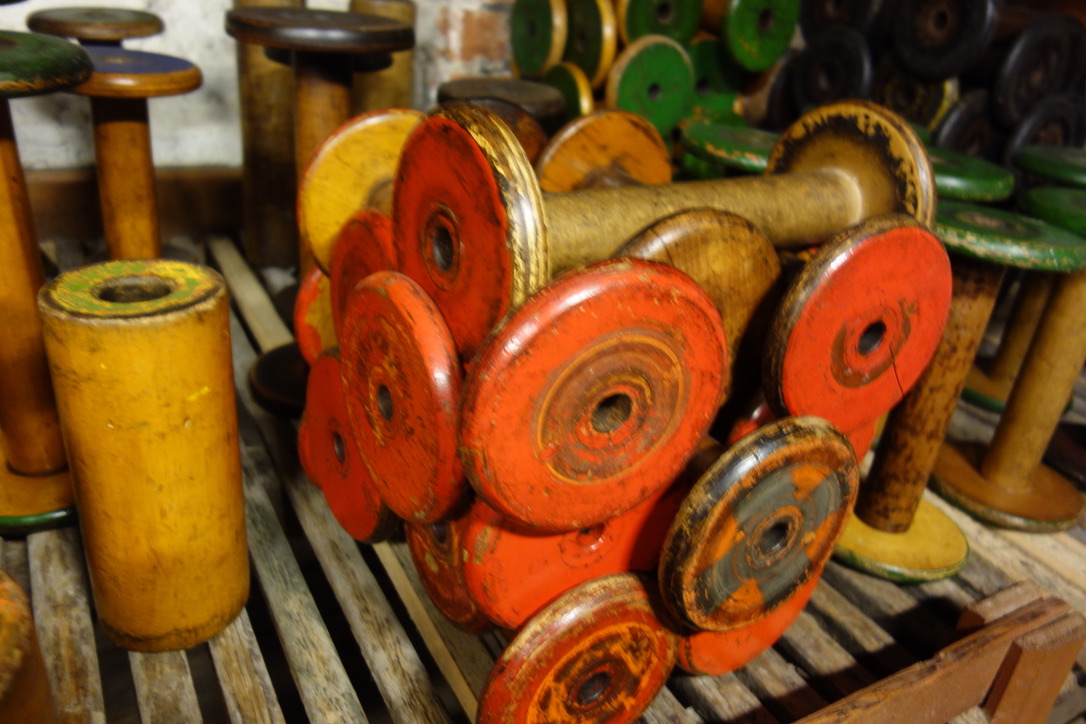
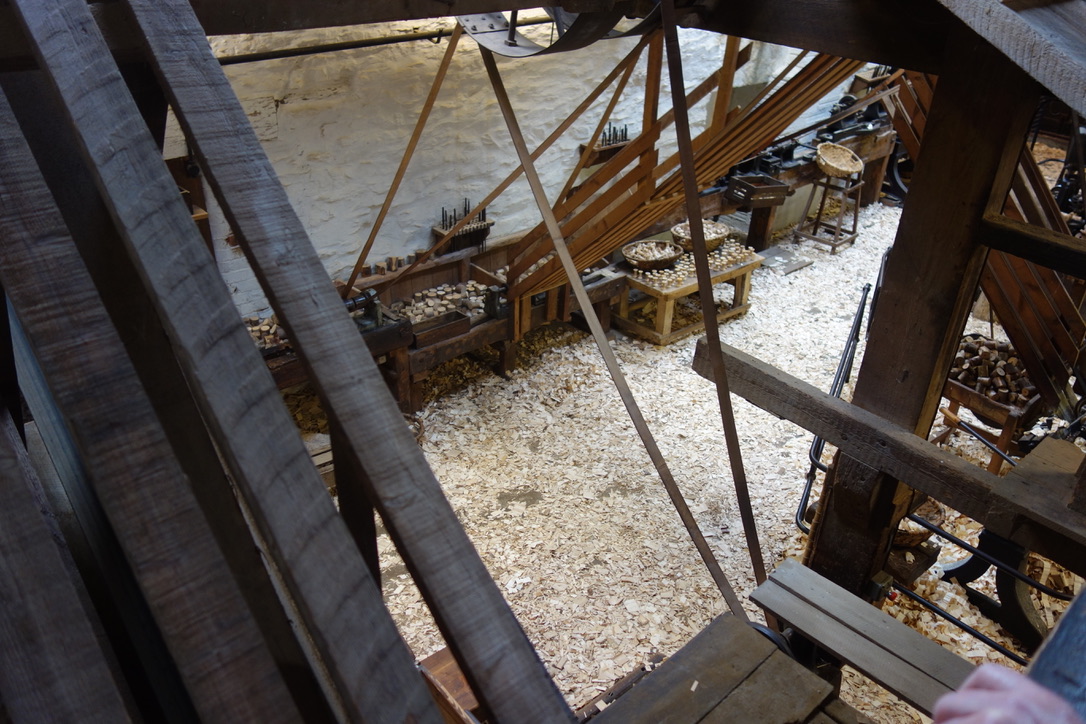


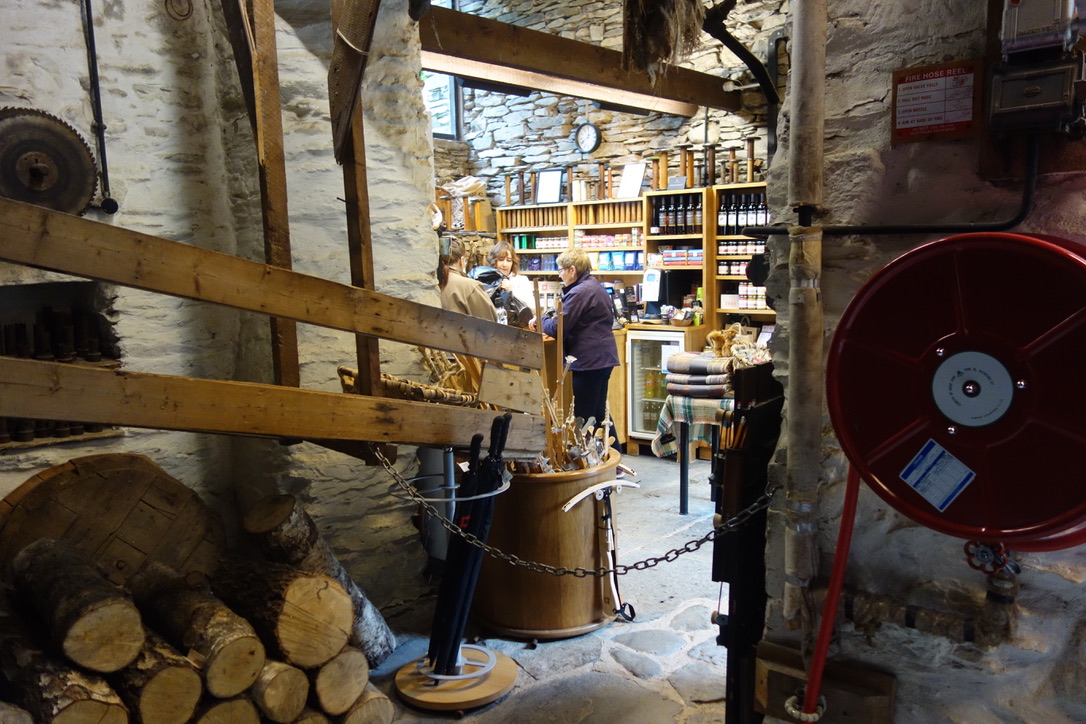
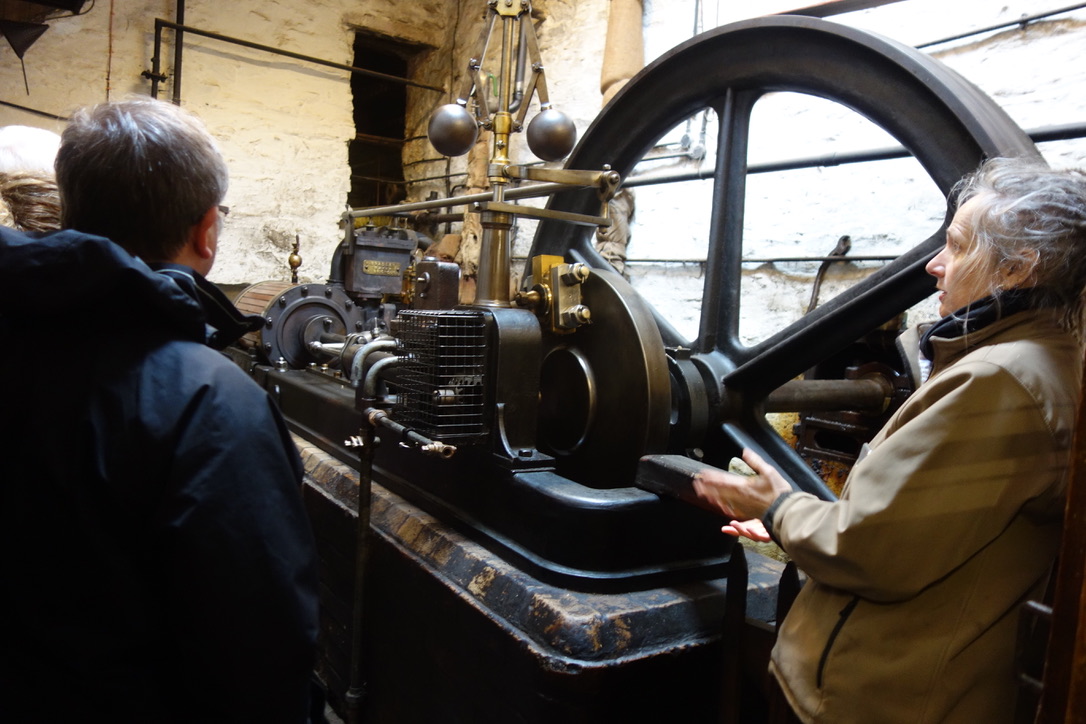

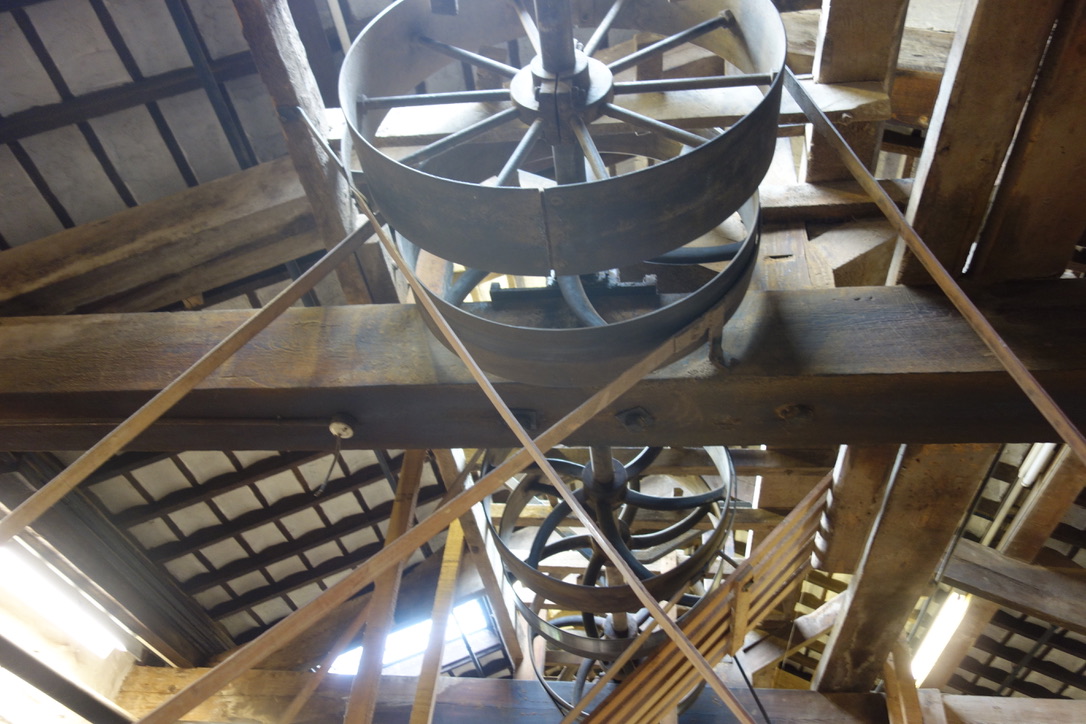


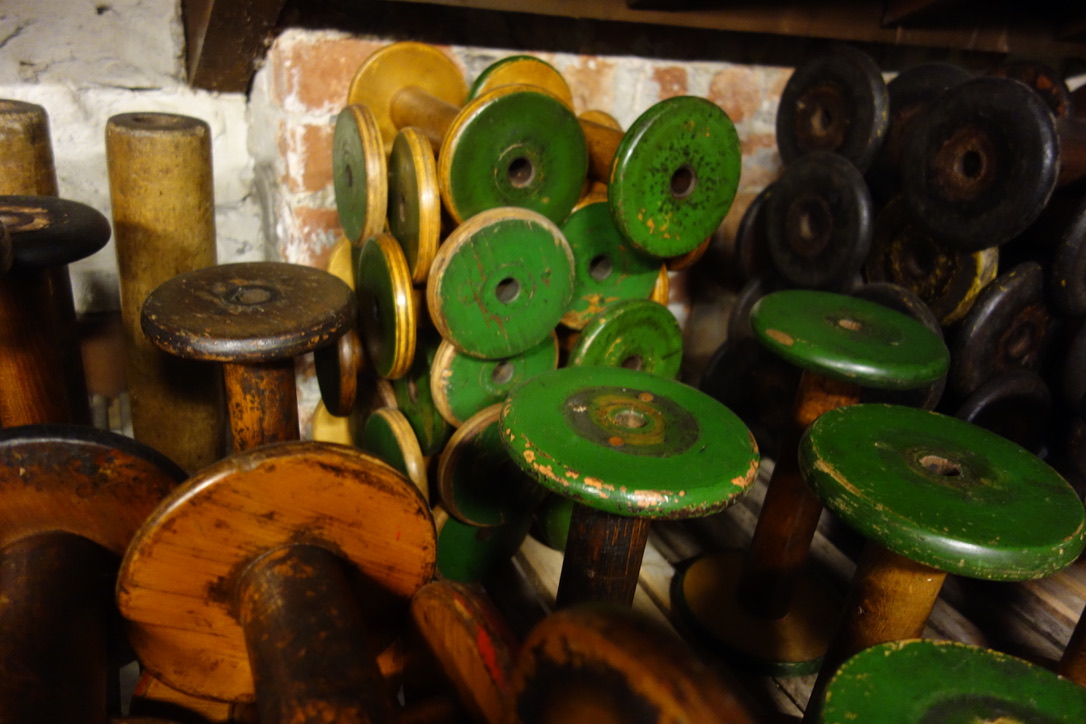
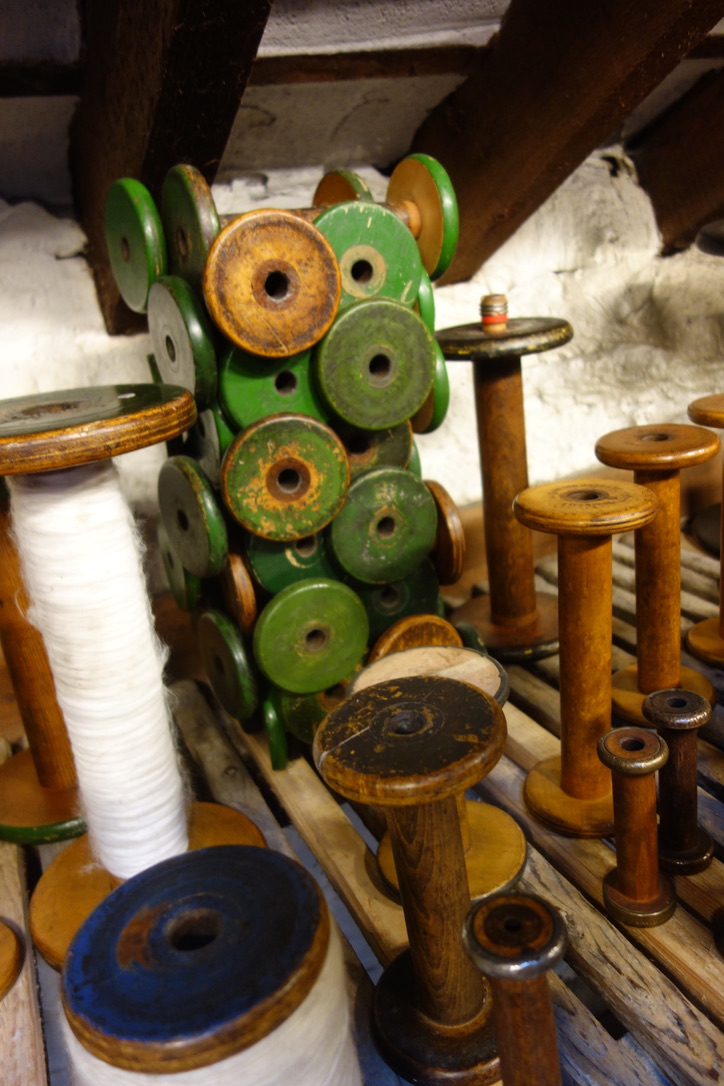
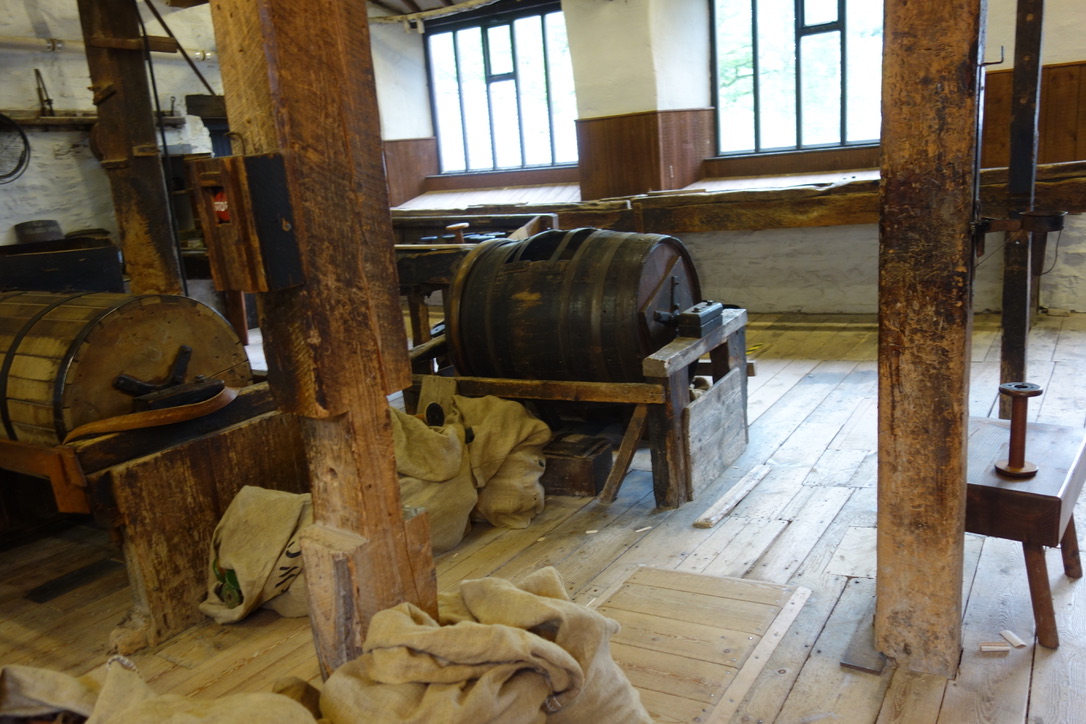
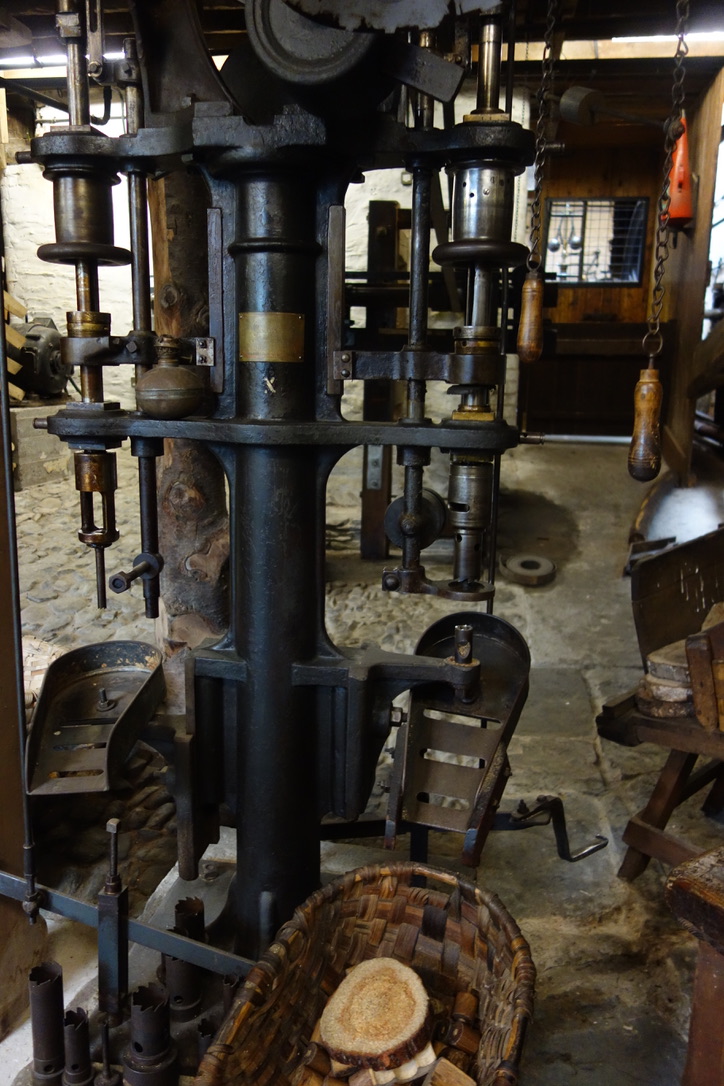
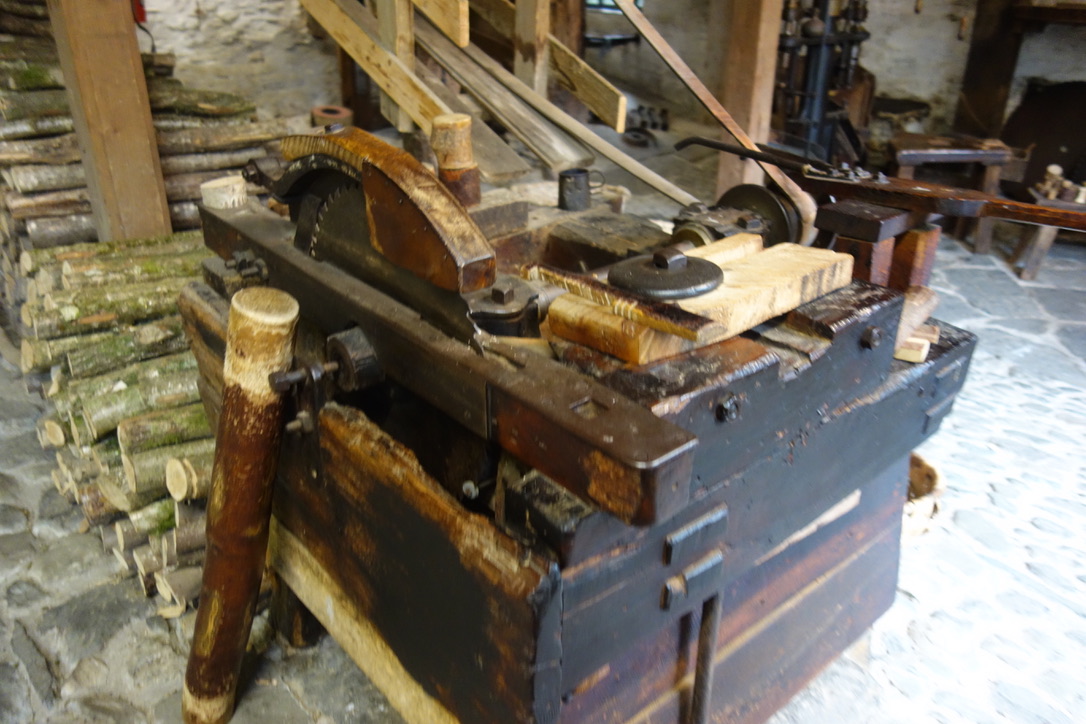
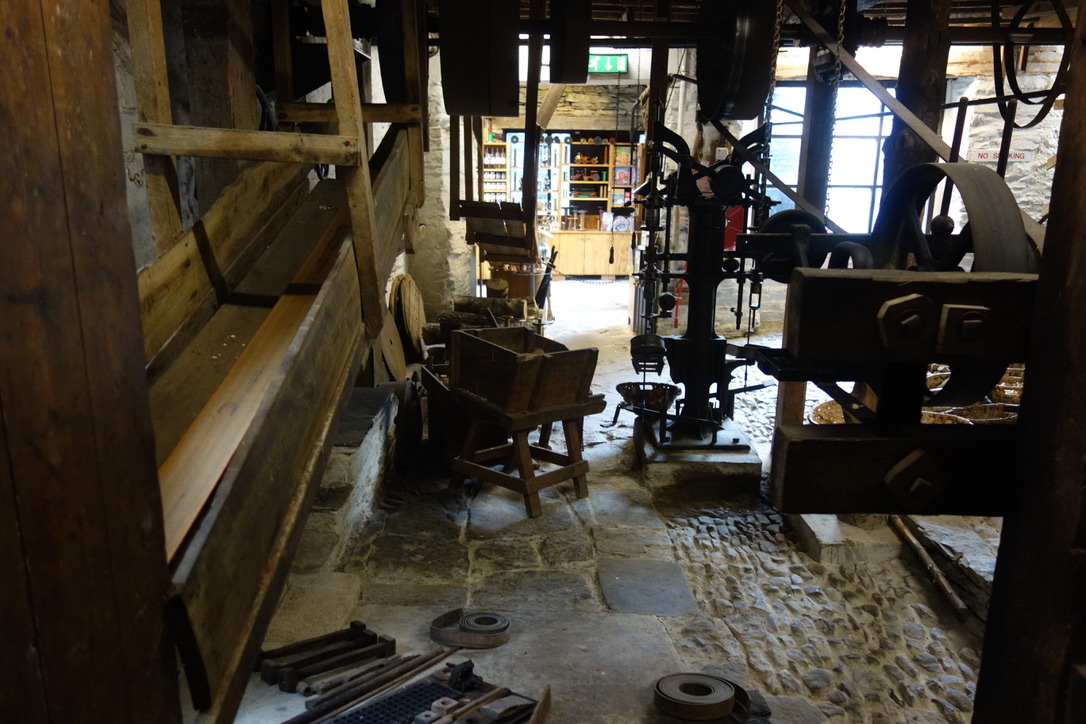
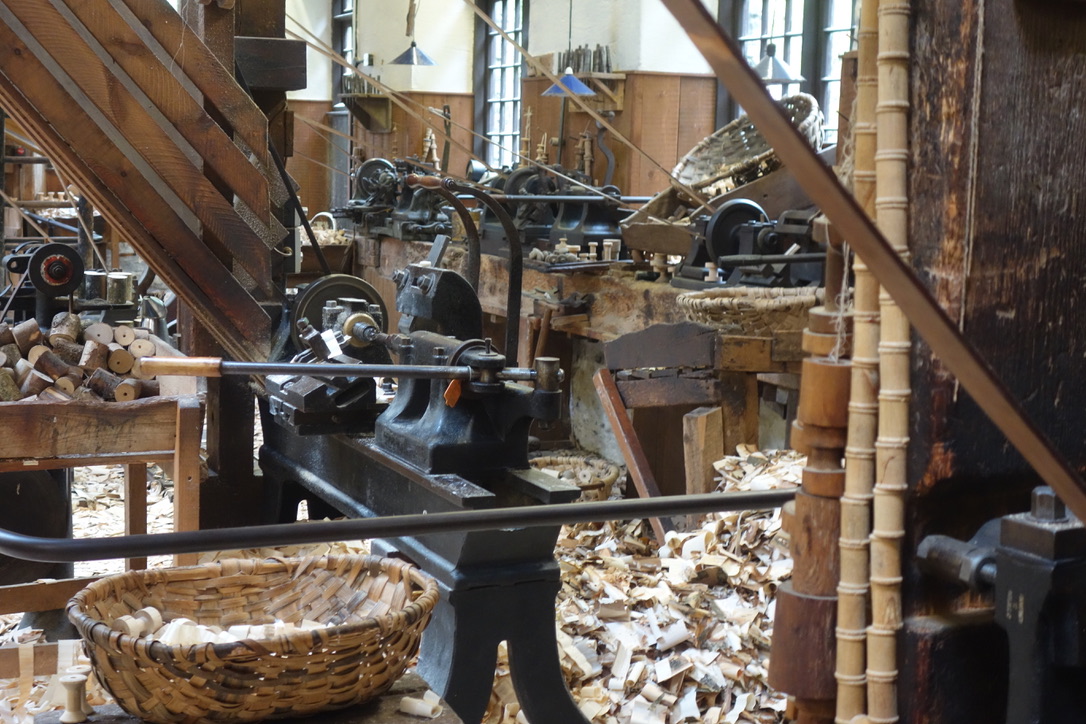
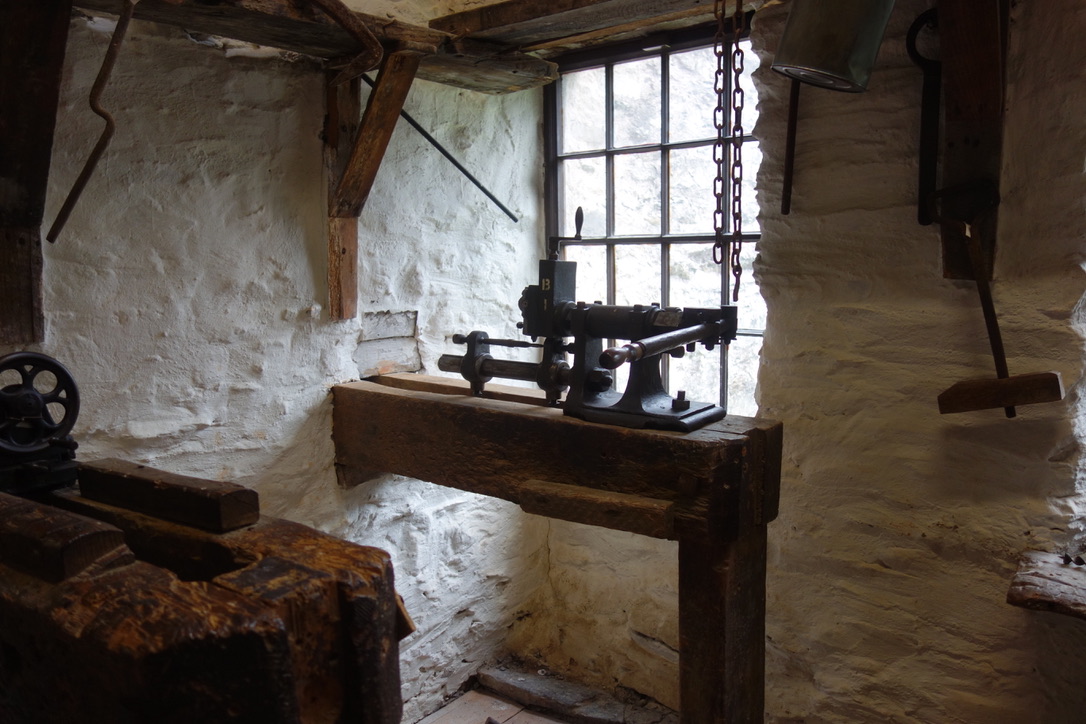
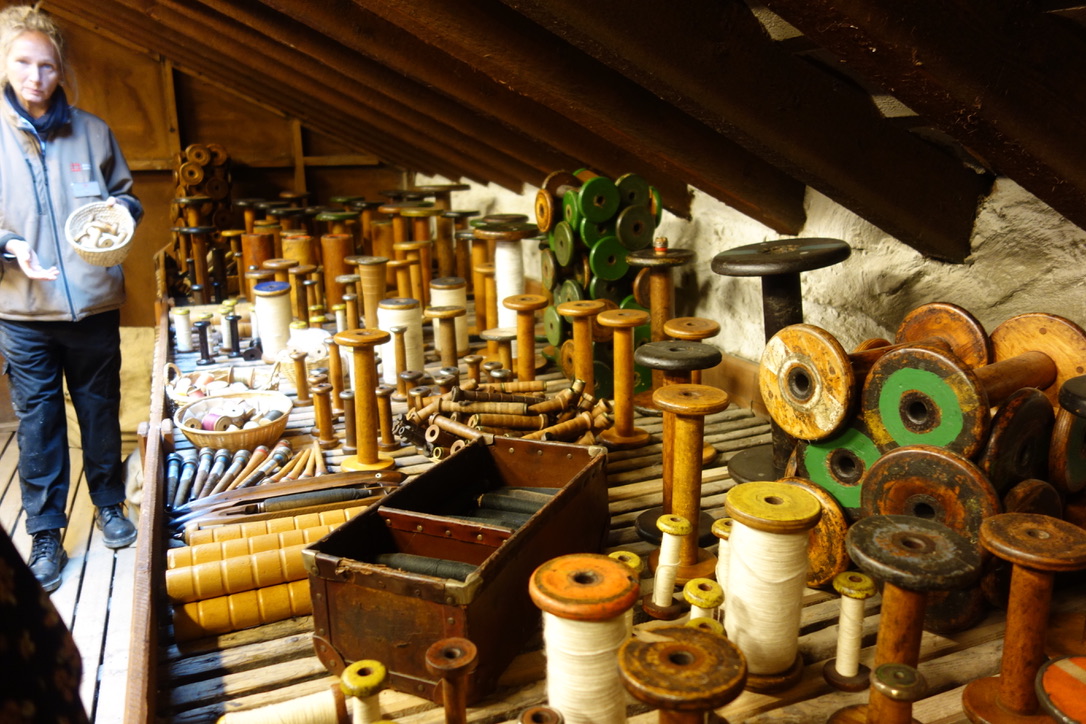

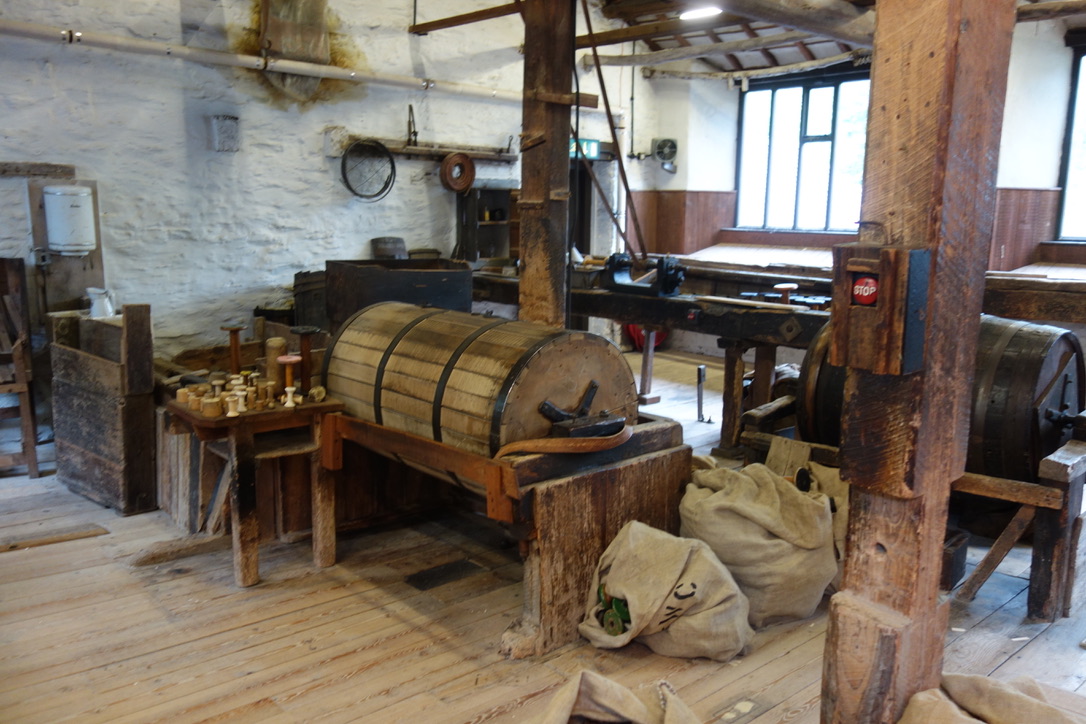
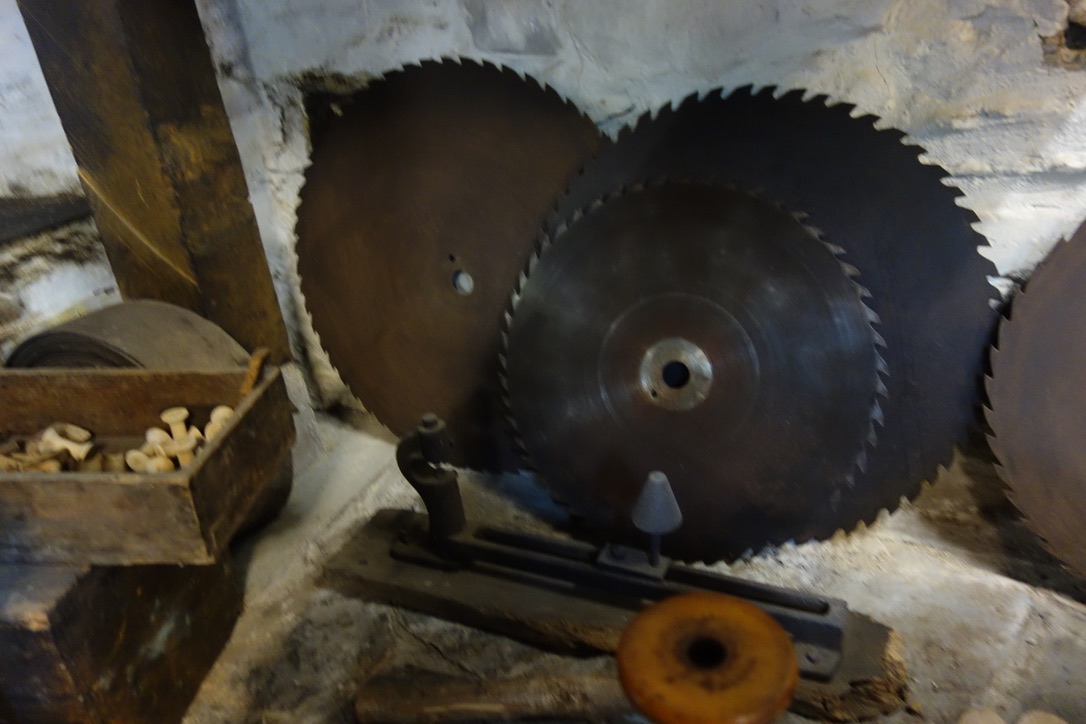

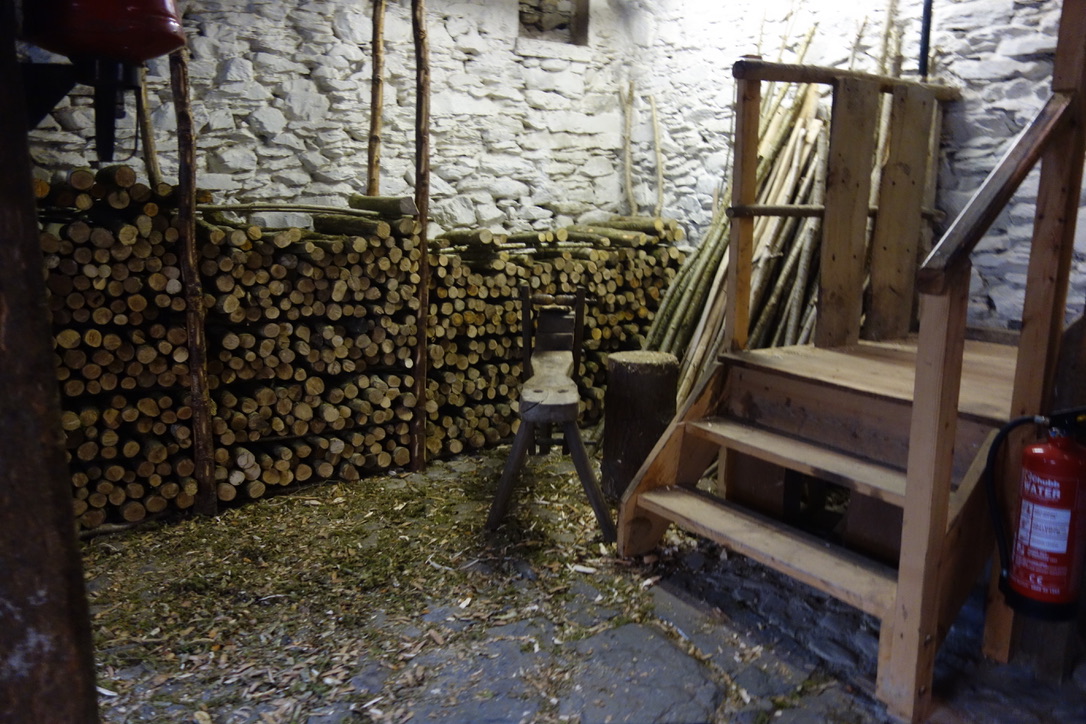
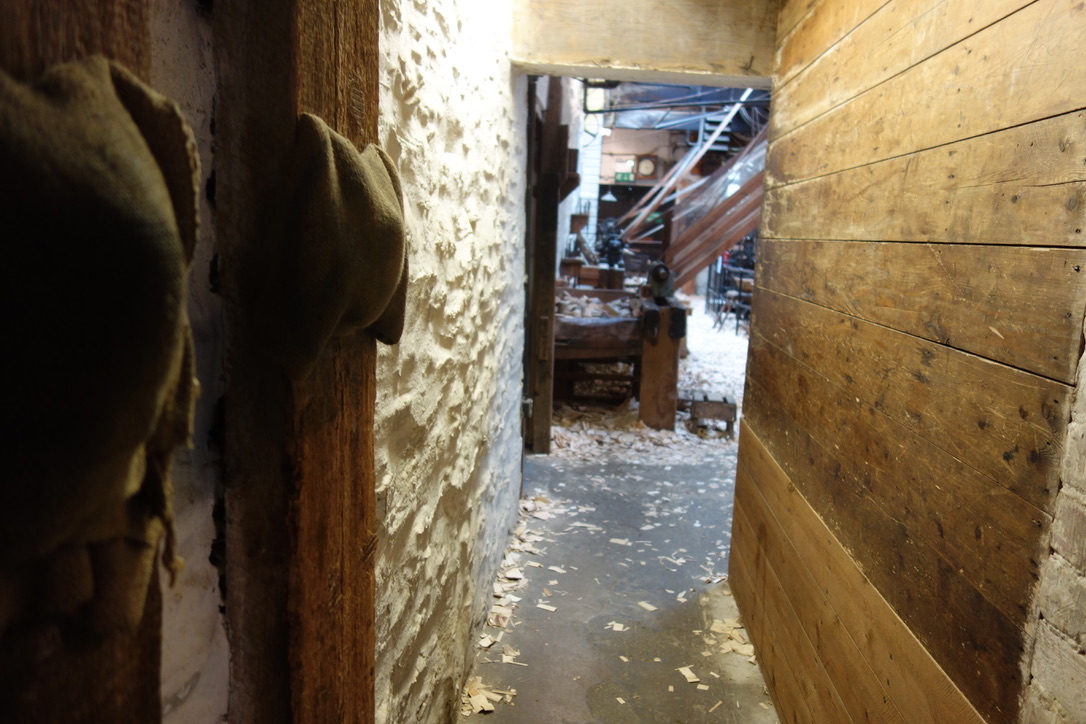

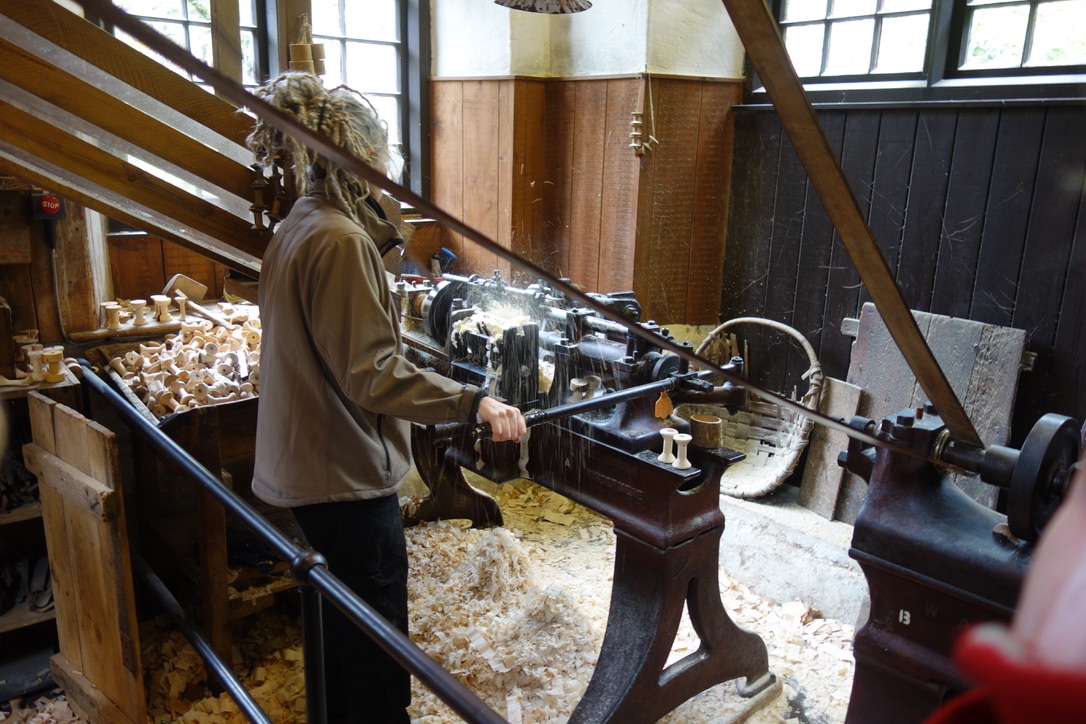
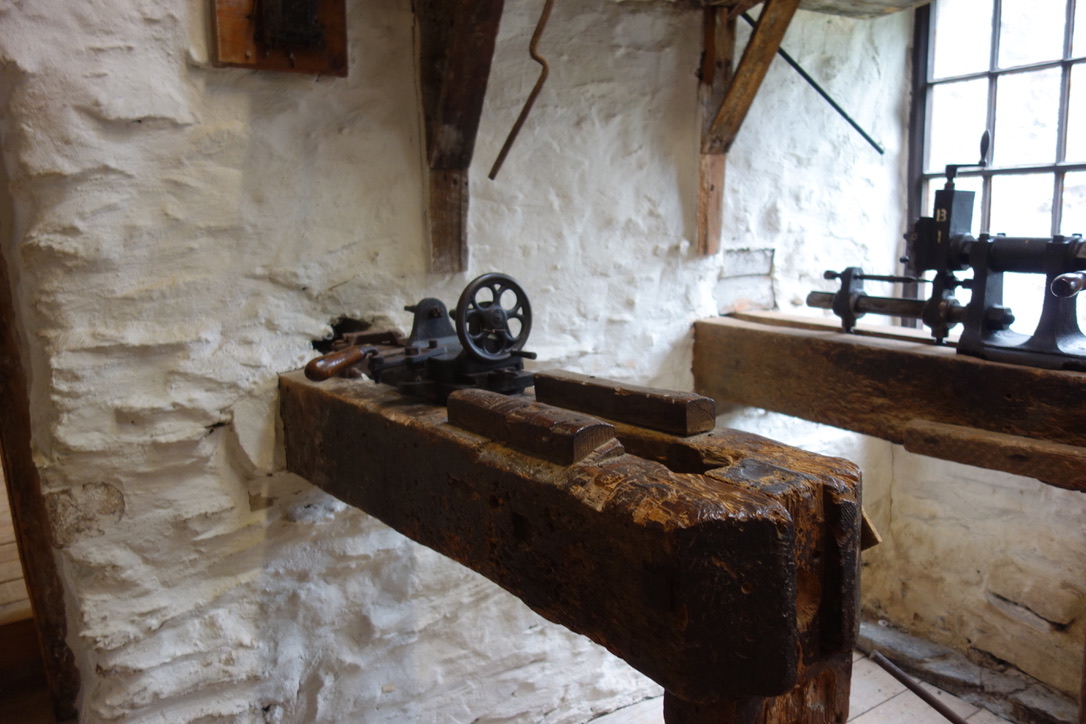
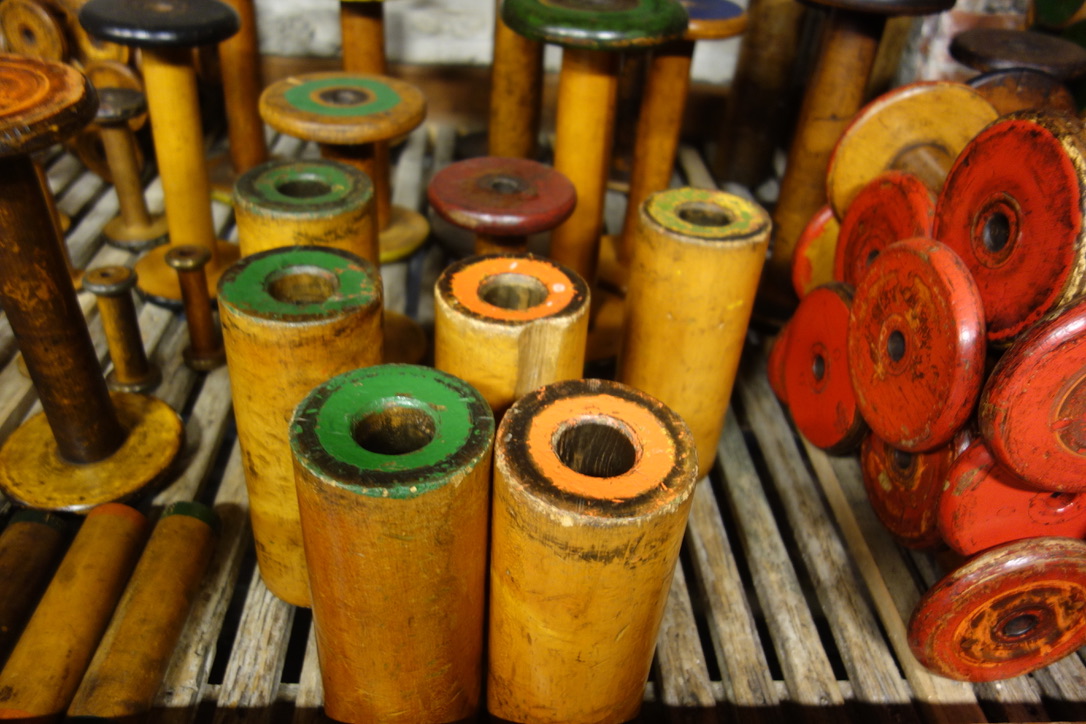
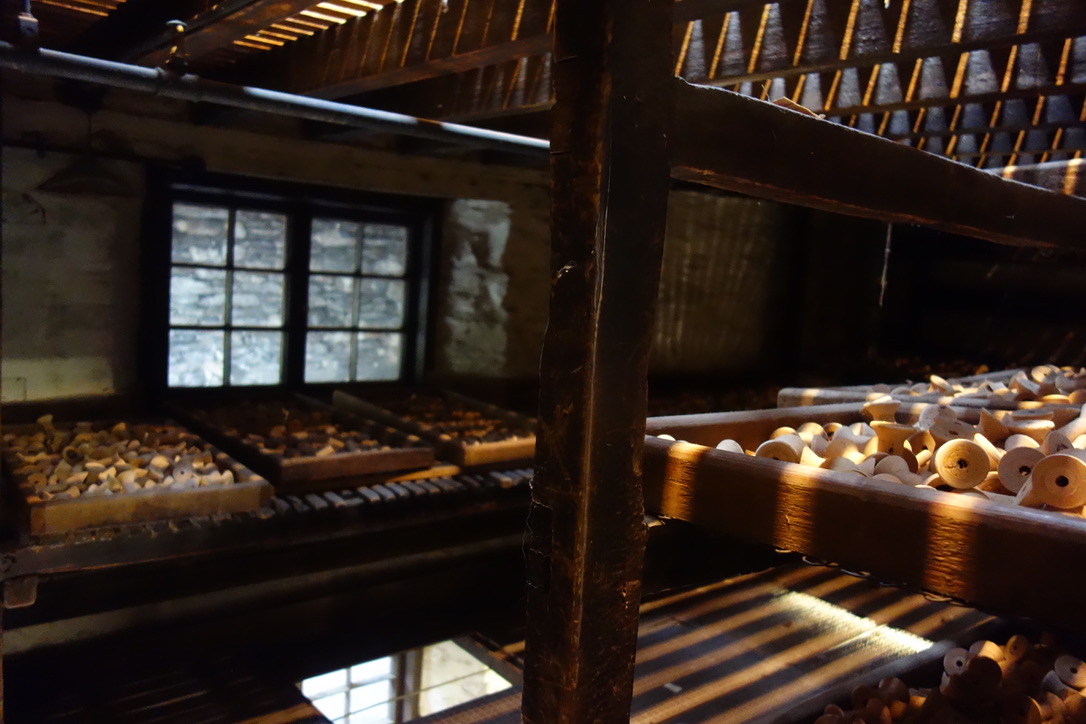

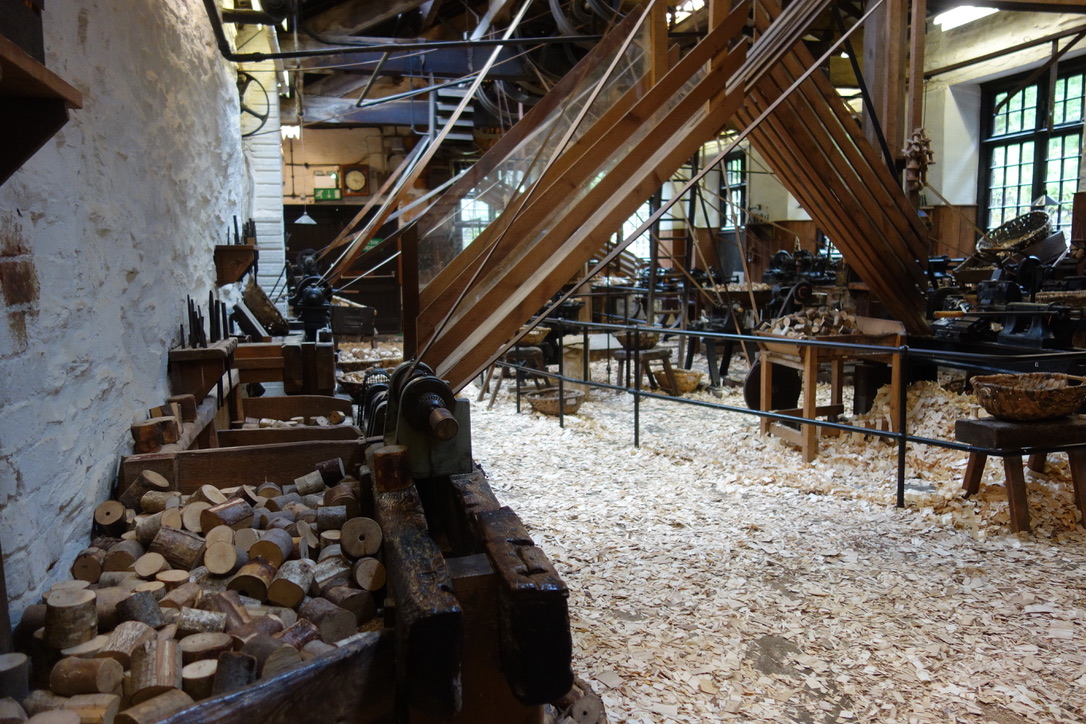
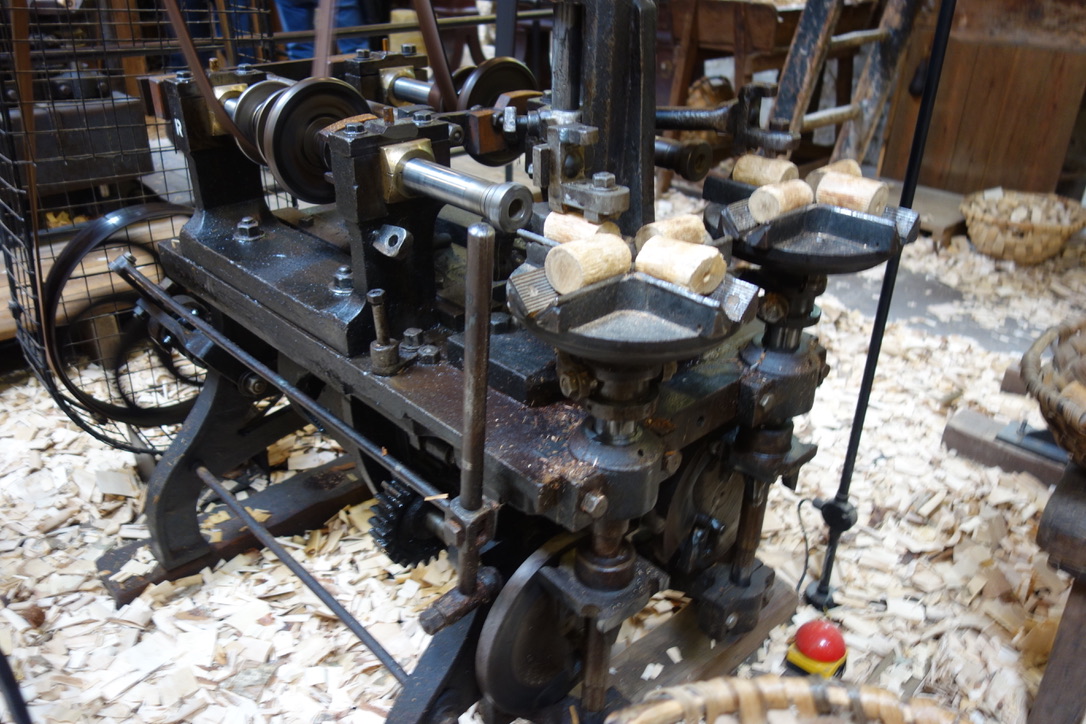

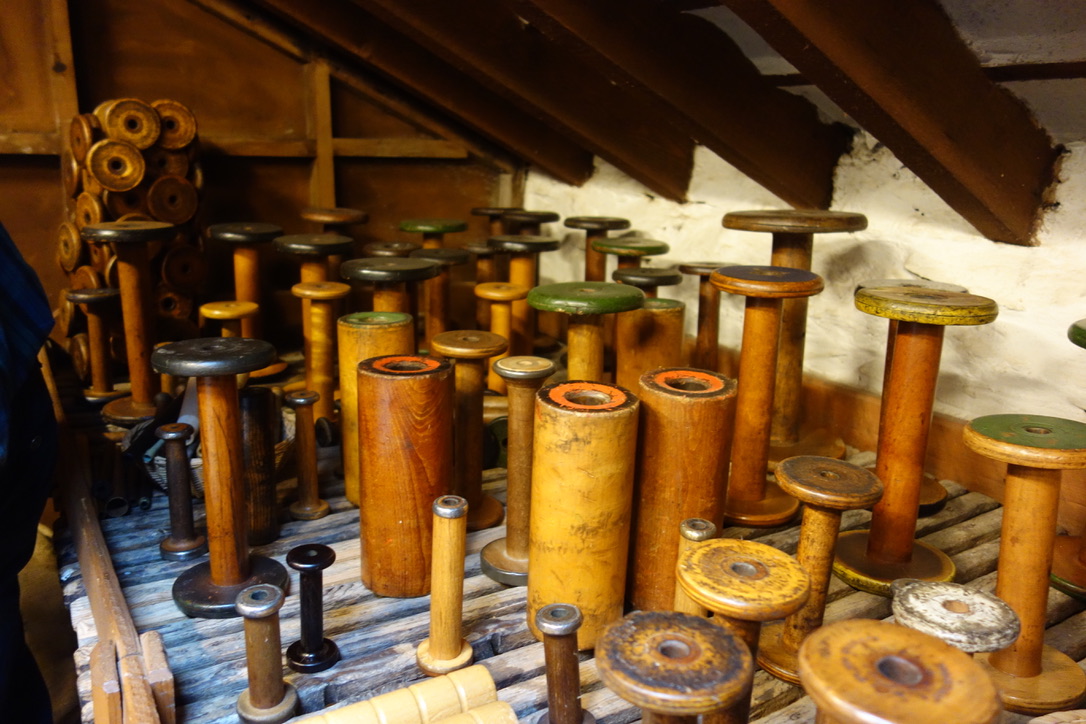
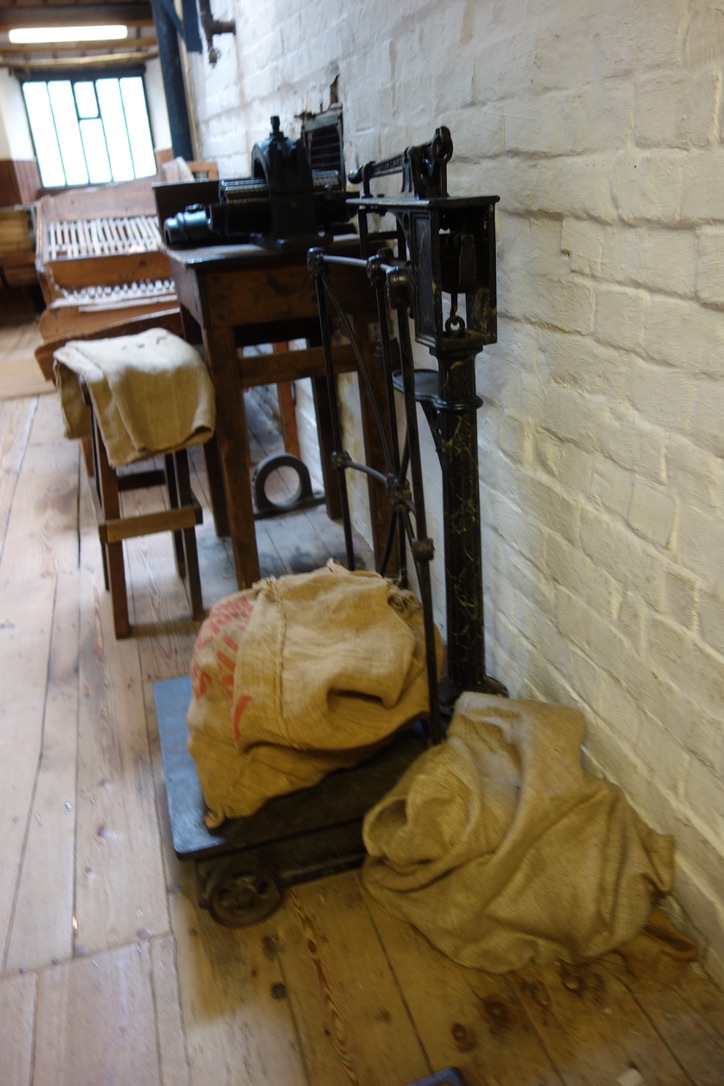
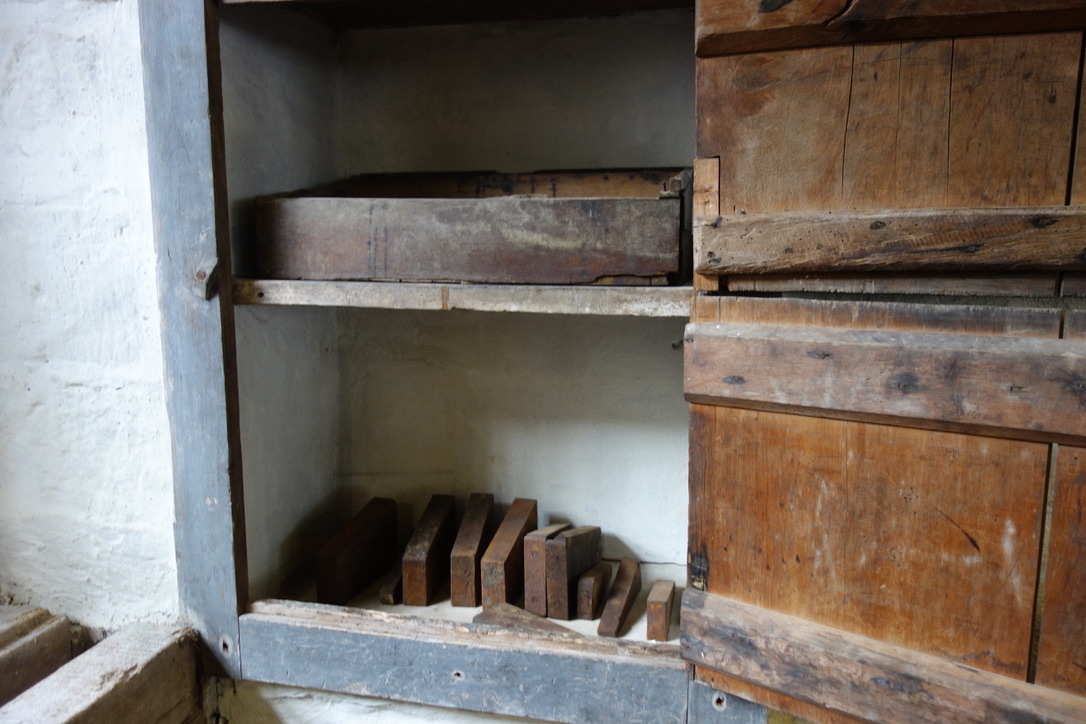
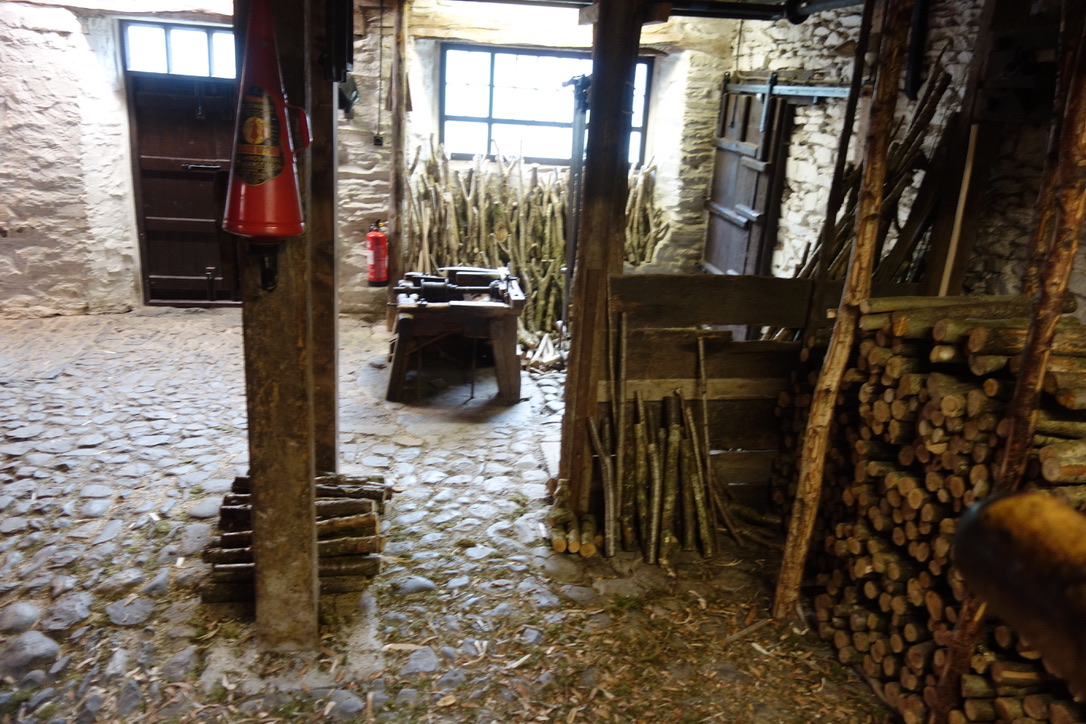
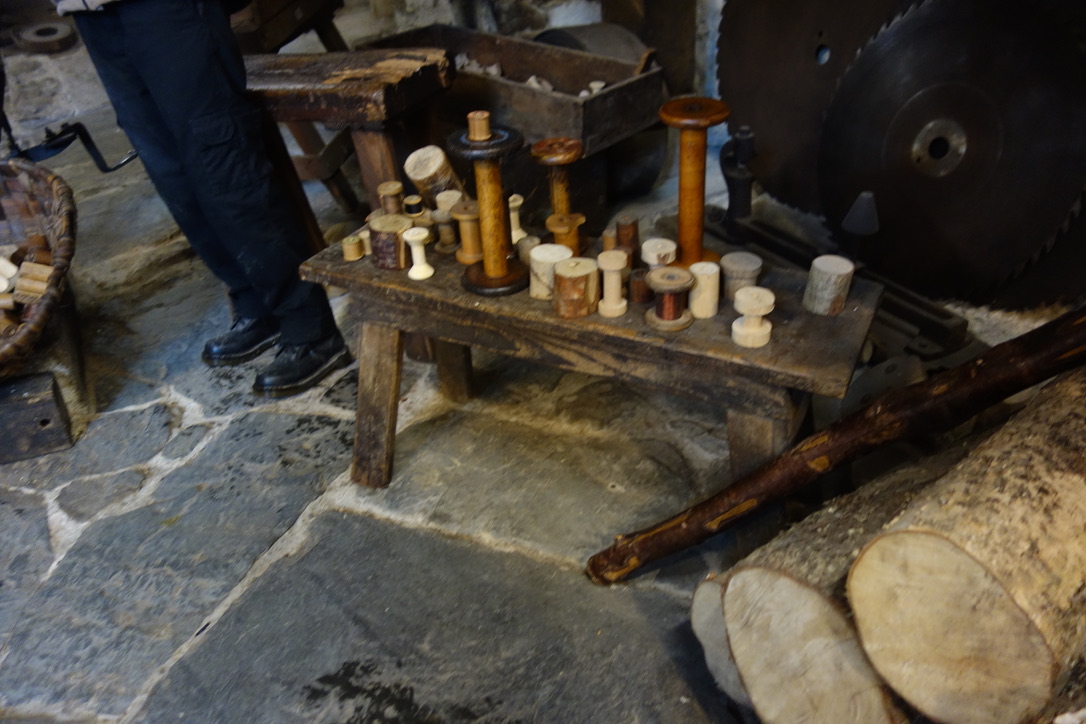

Dirty Old Town Lyrics
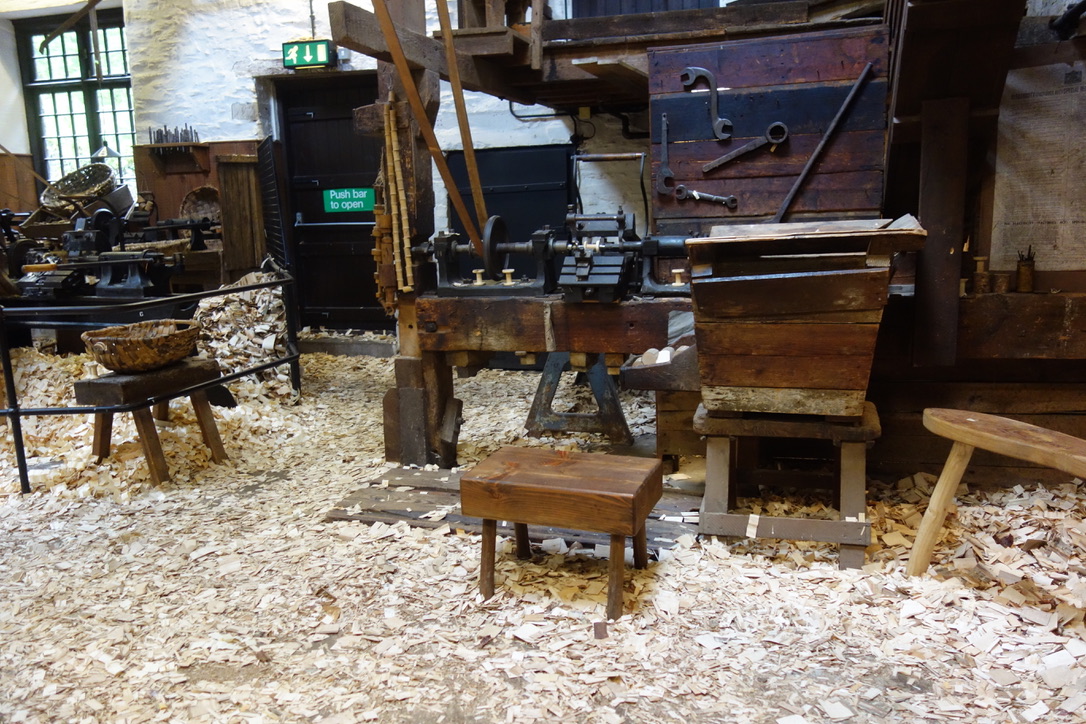
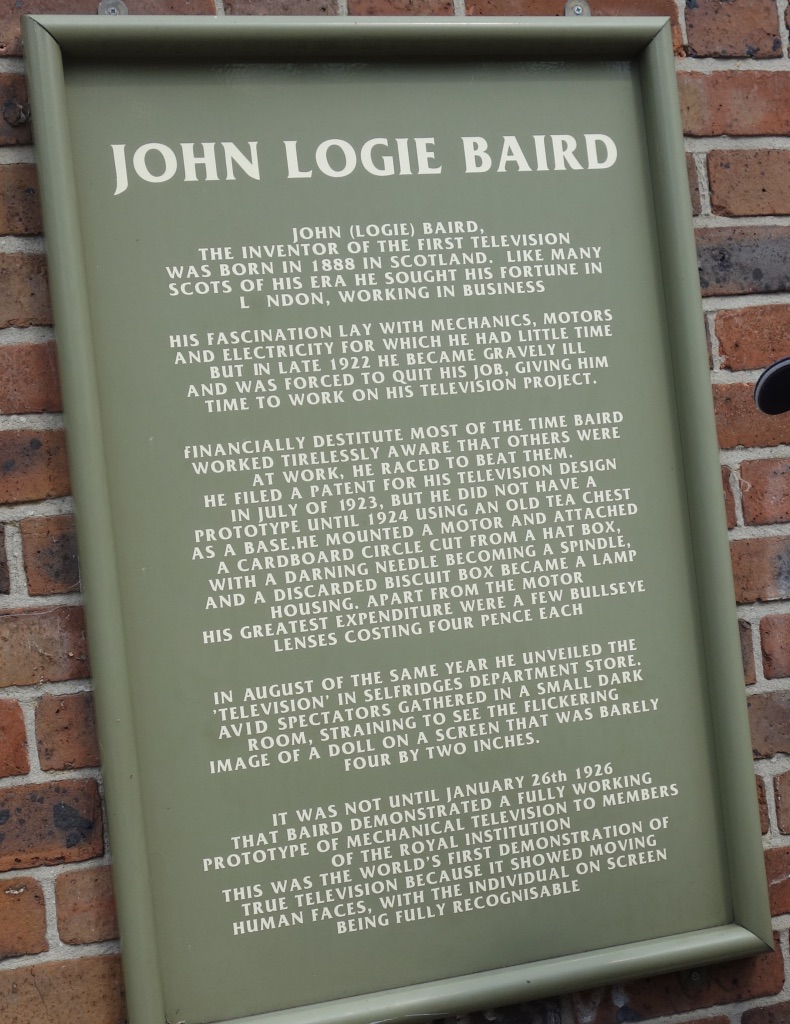
“Grandpa, said to meet him here…I can only imagine why.”

